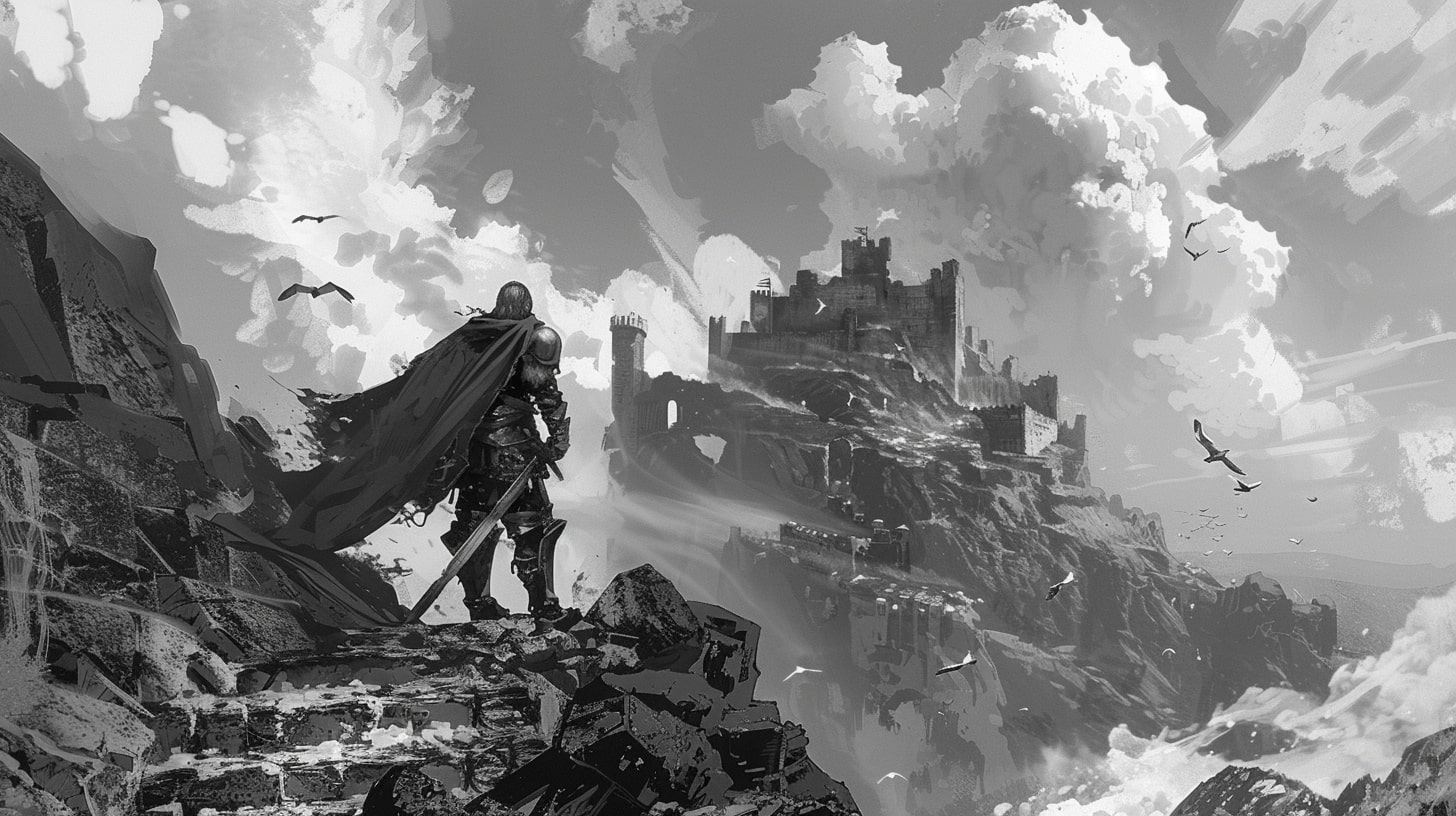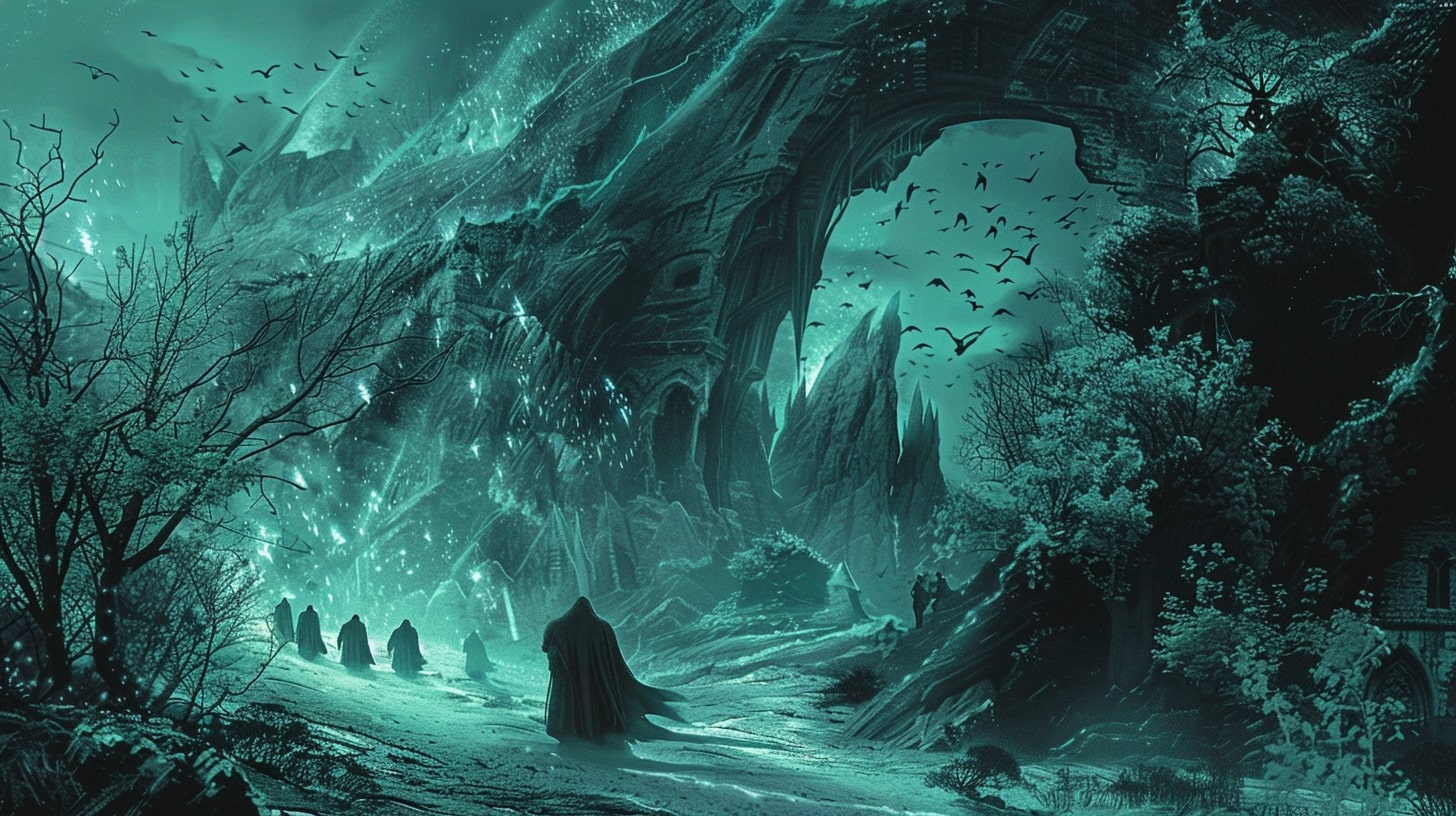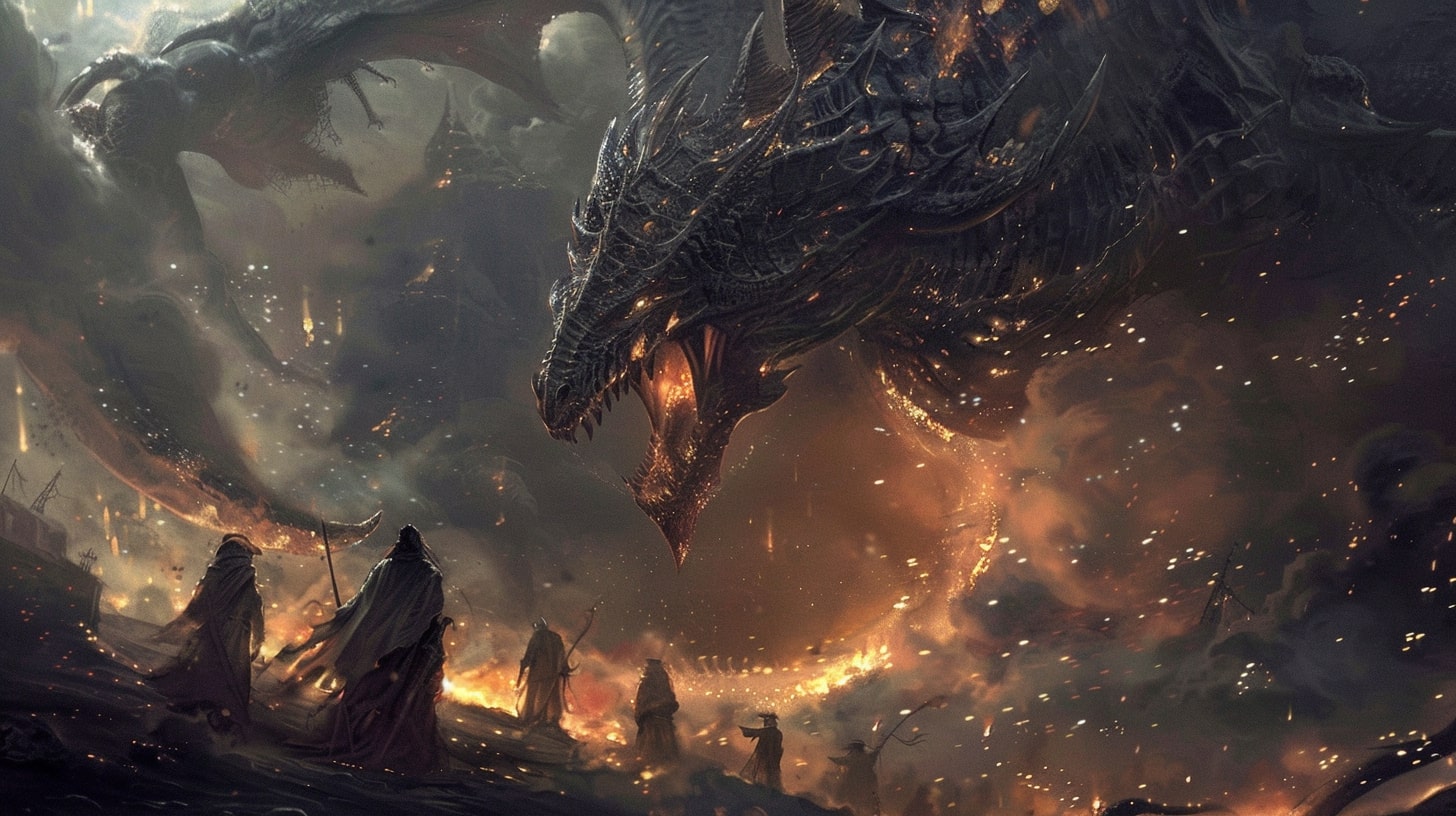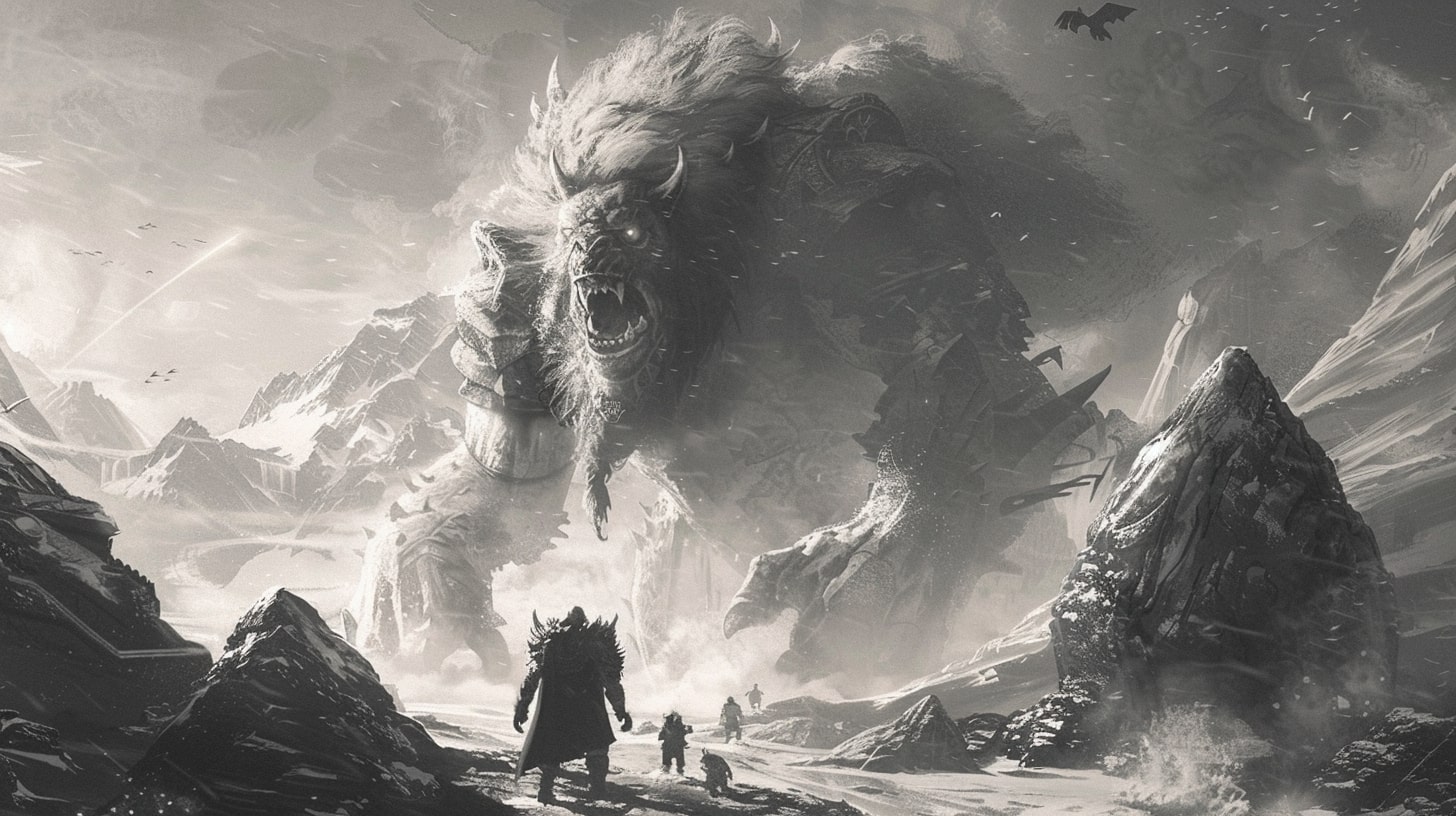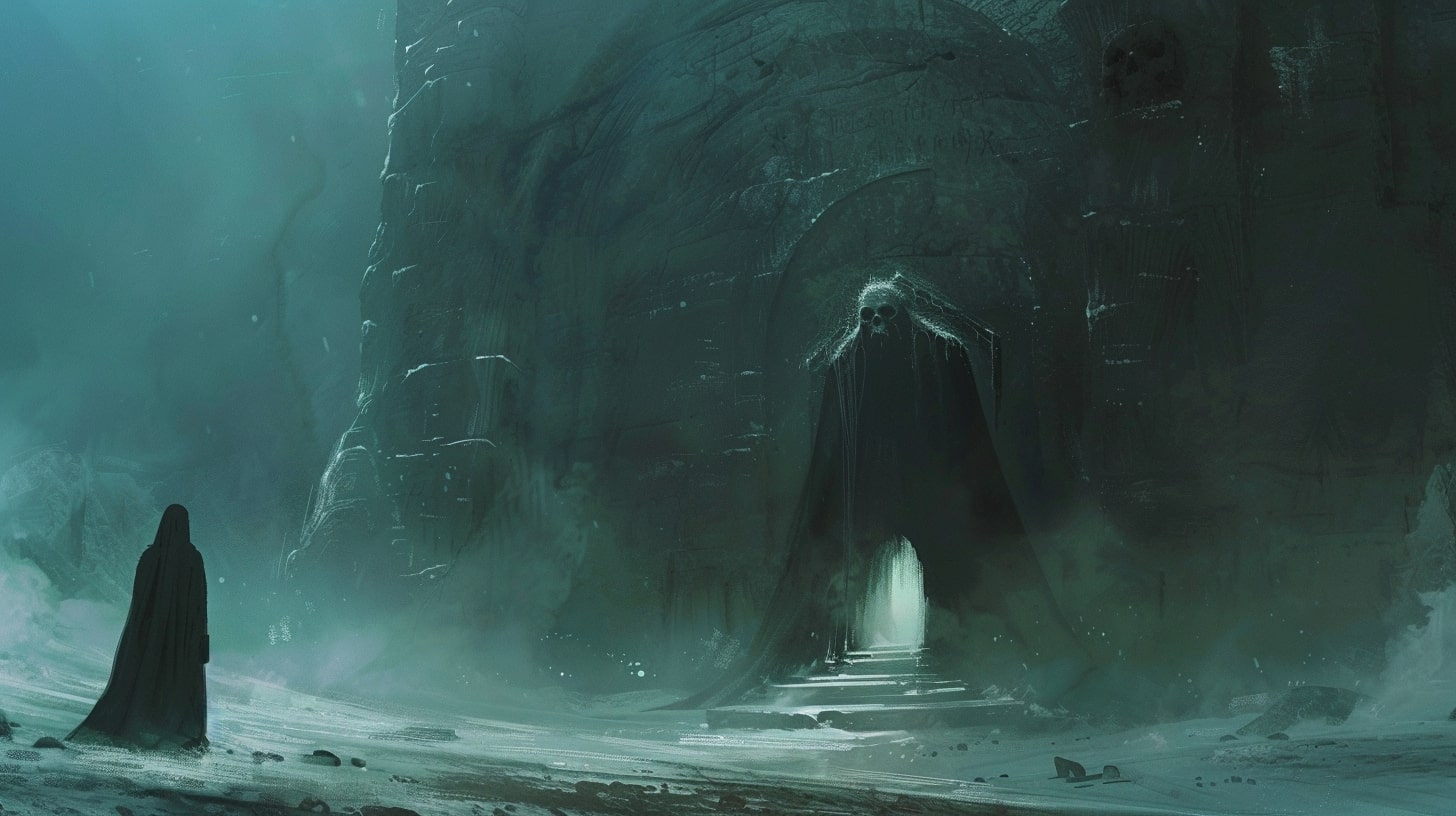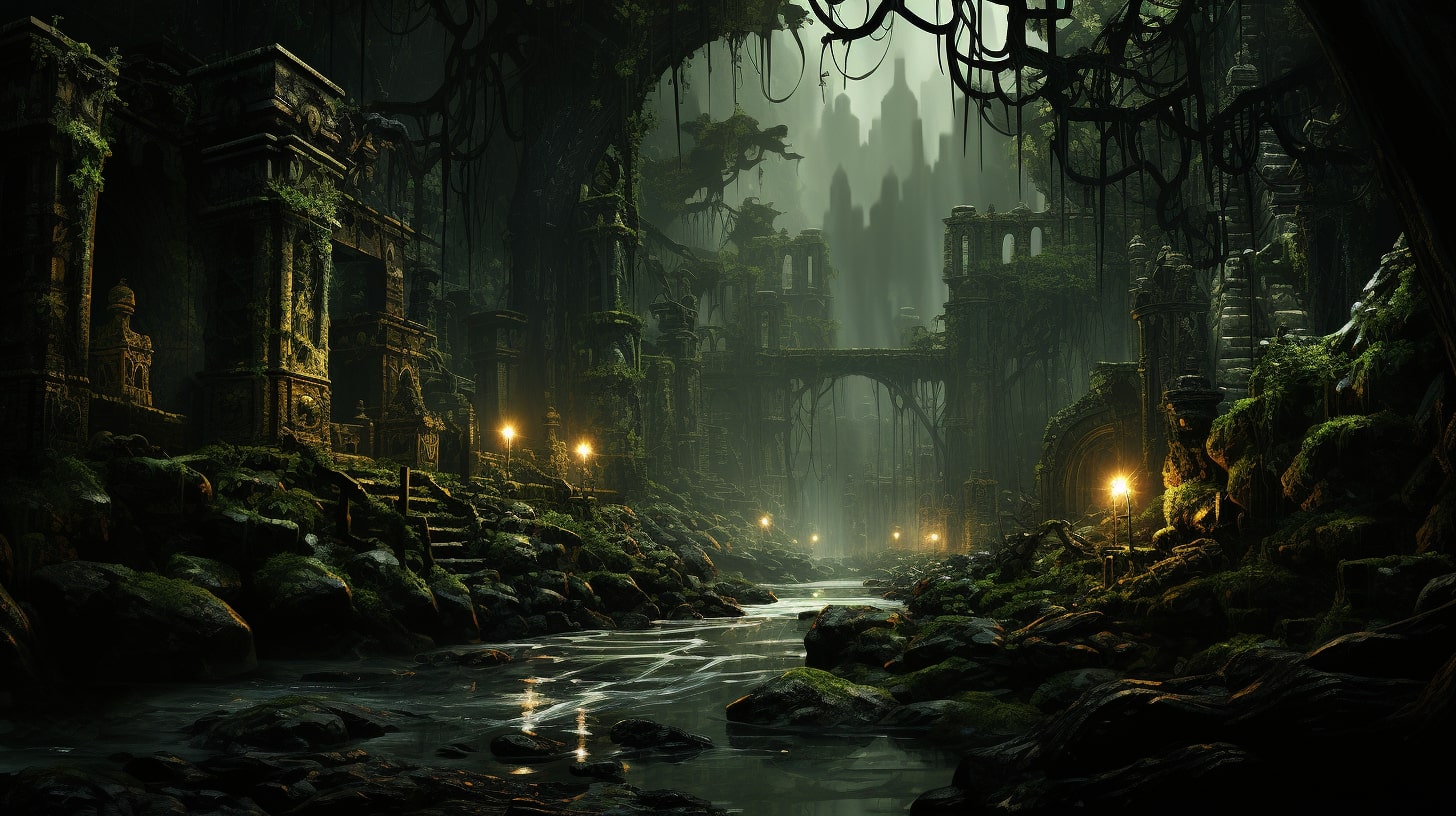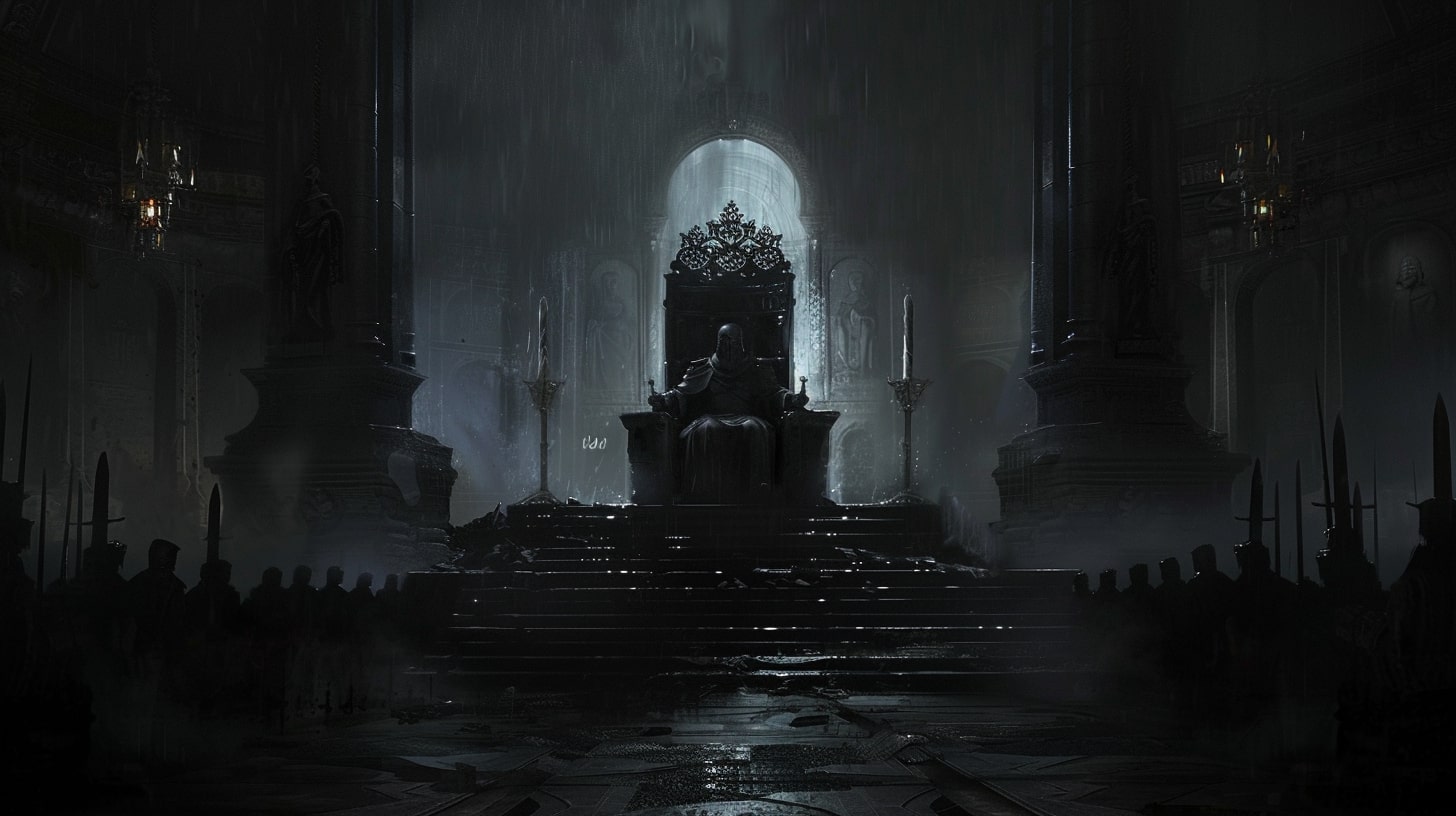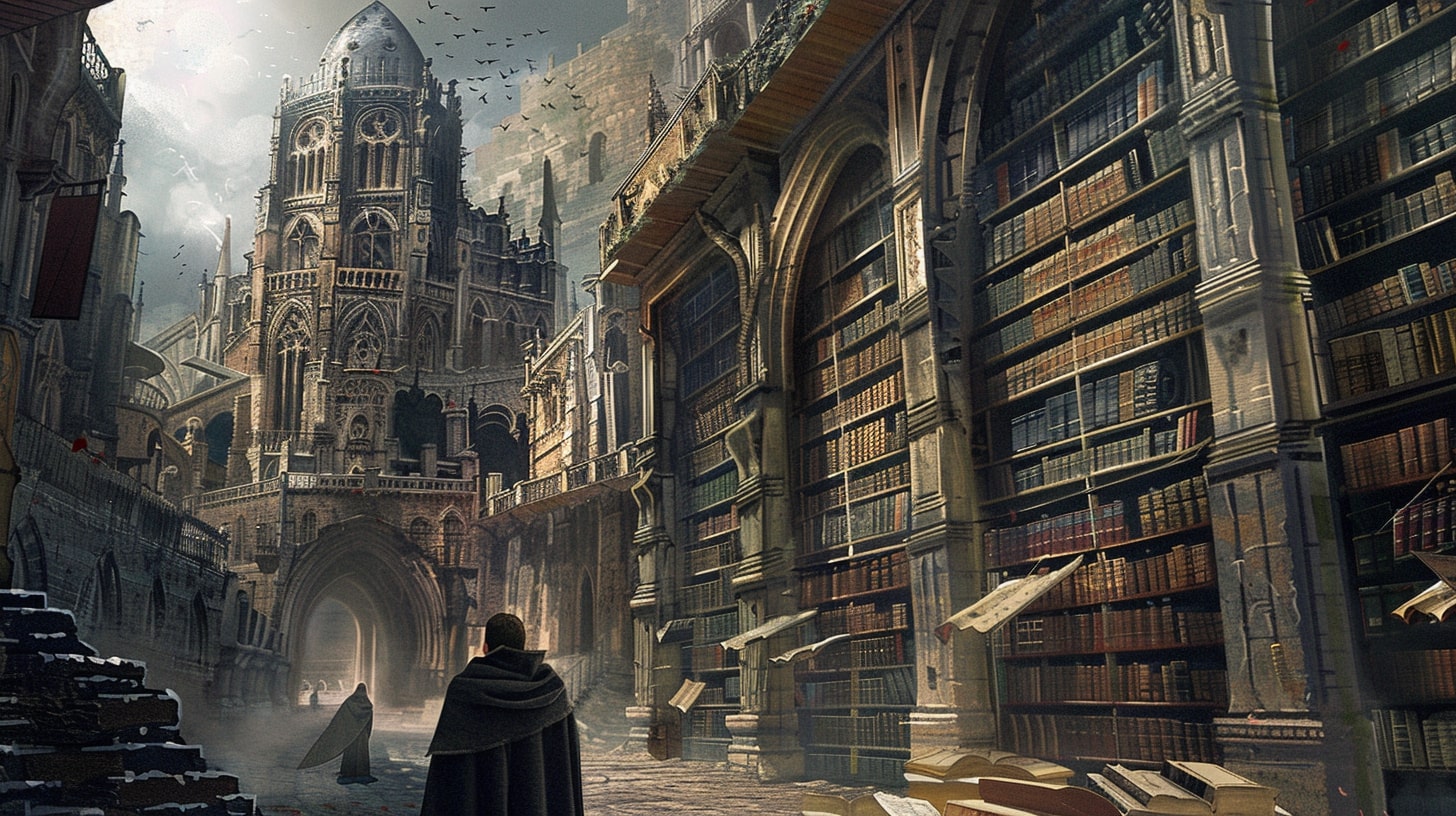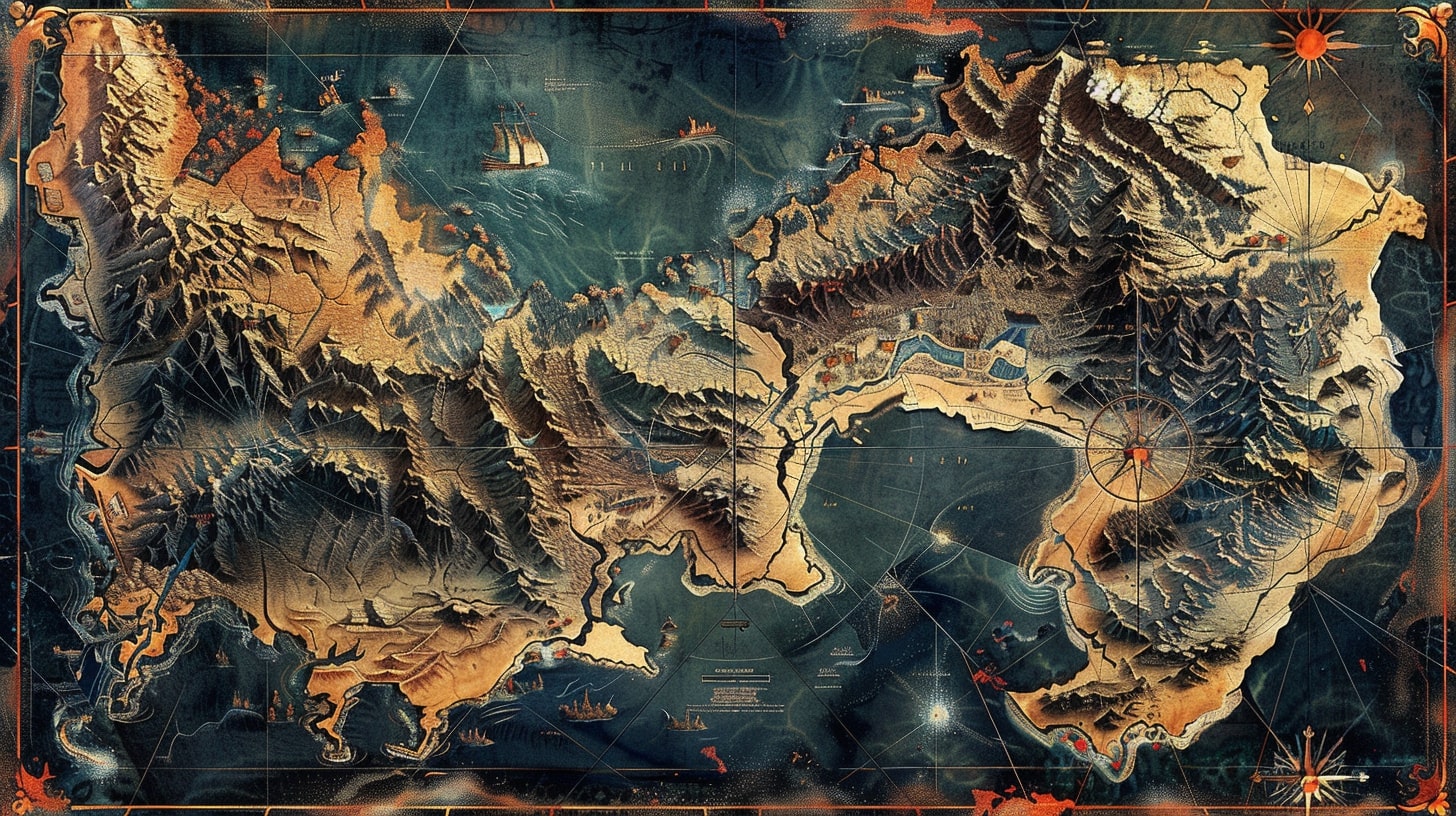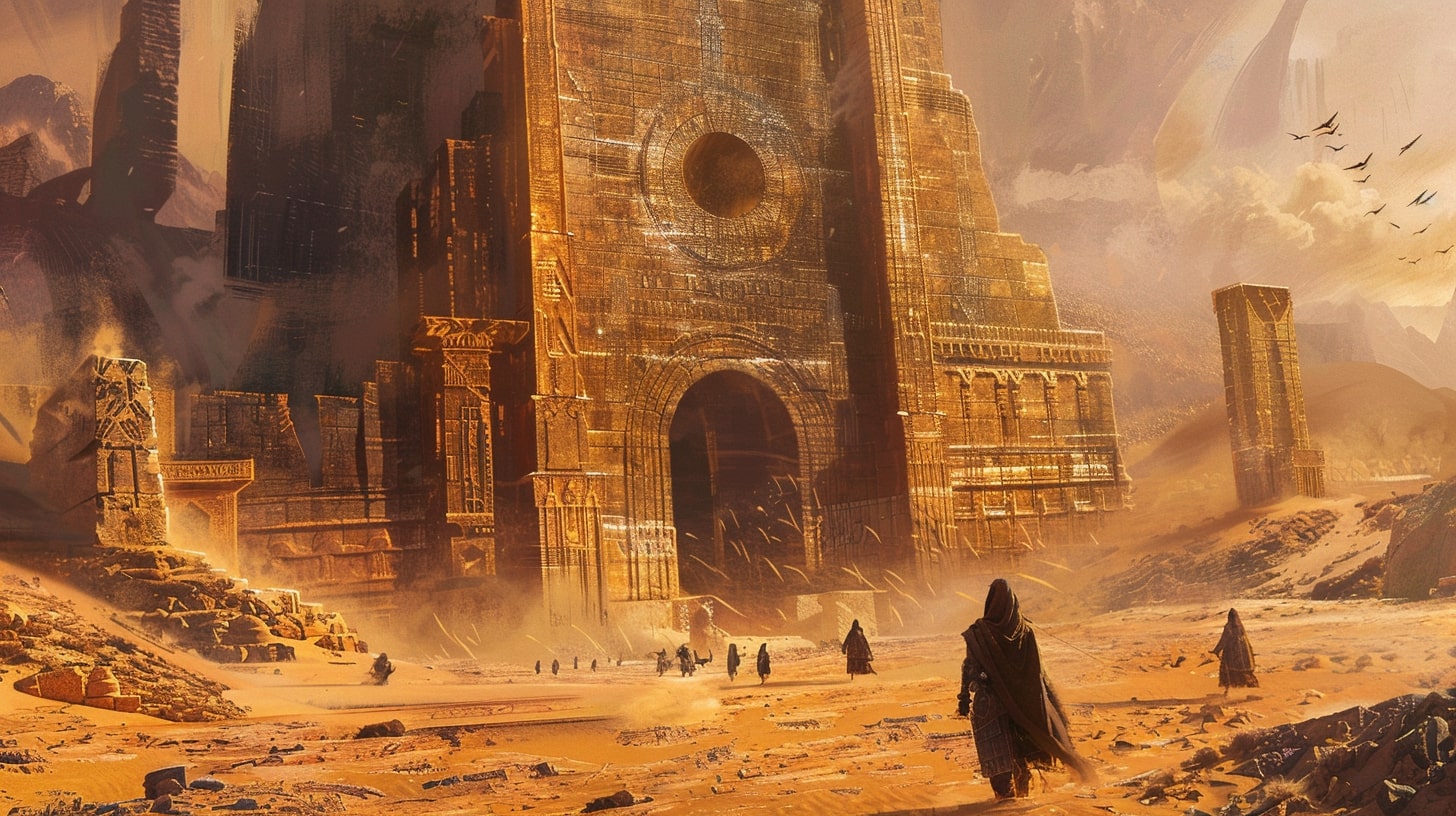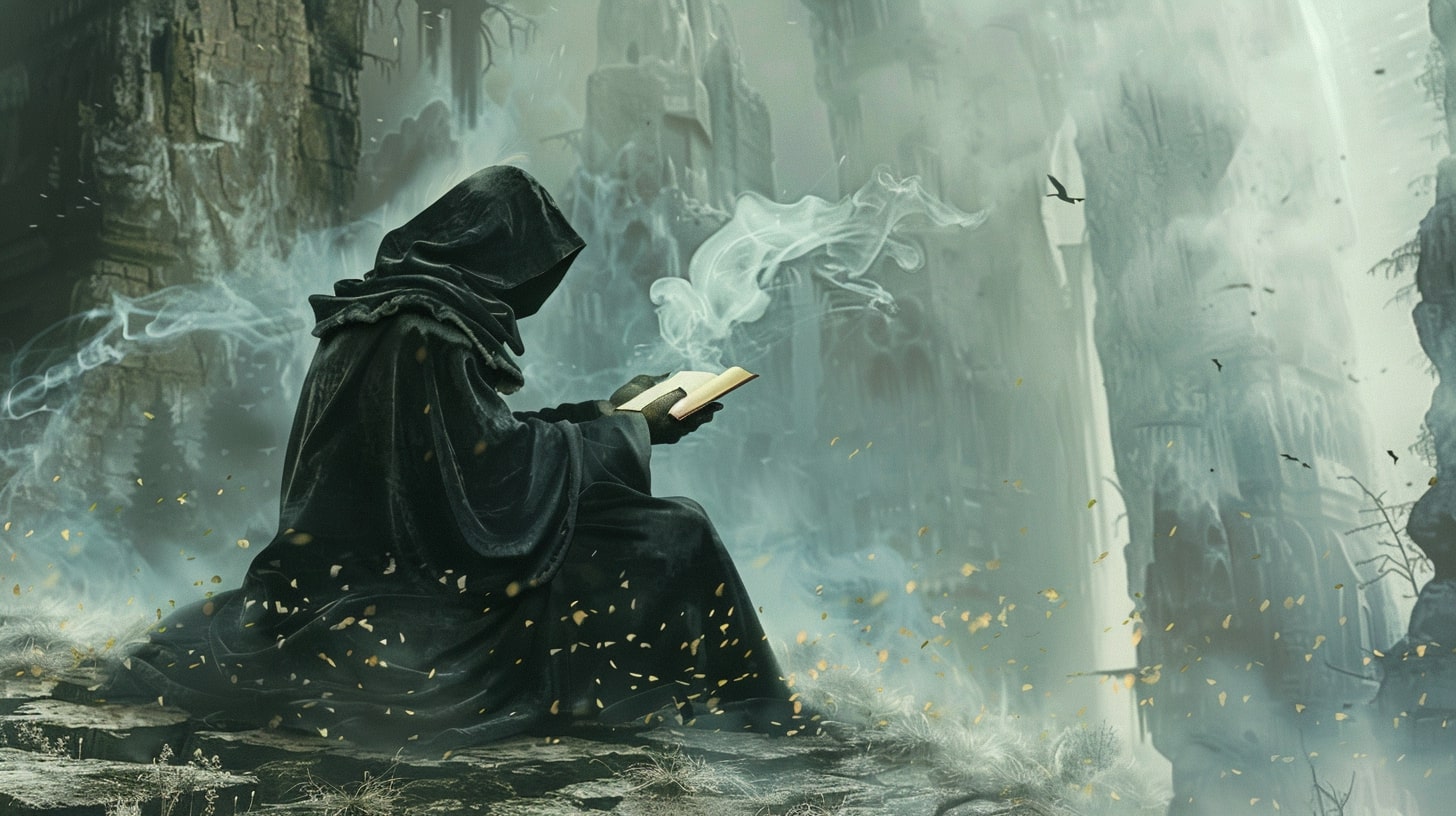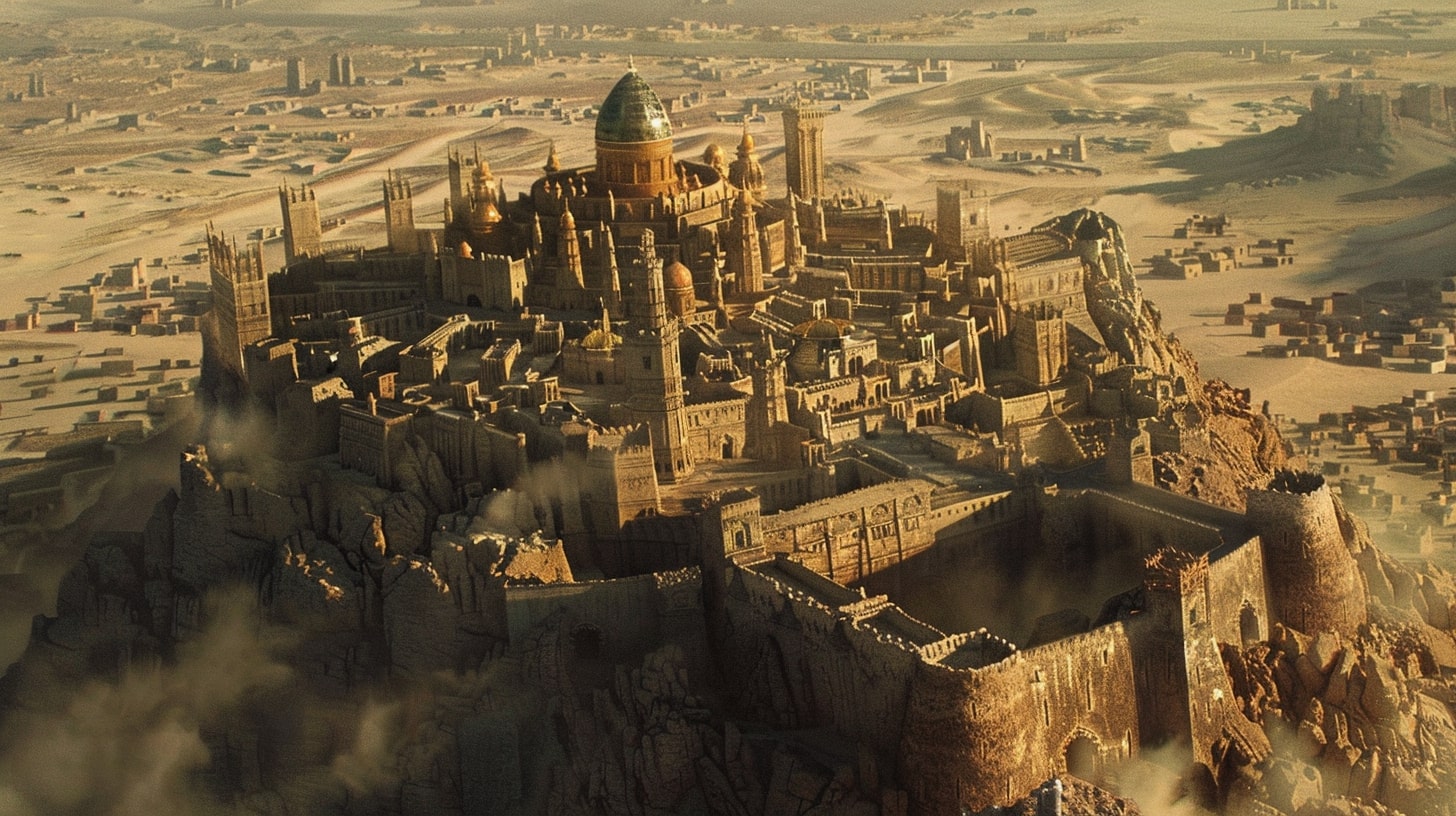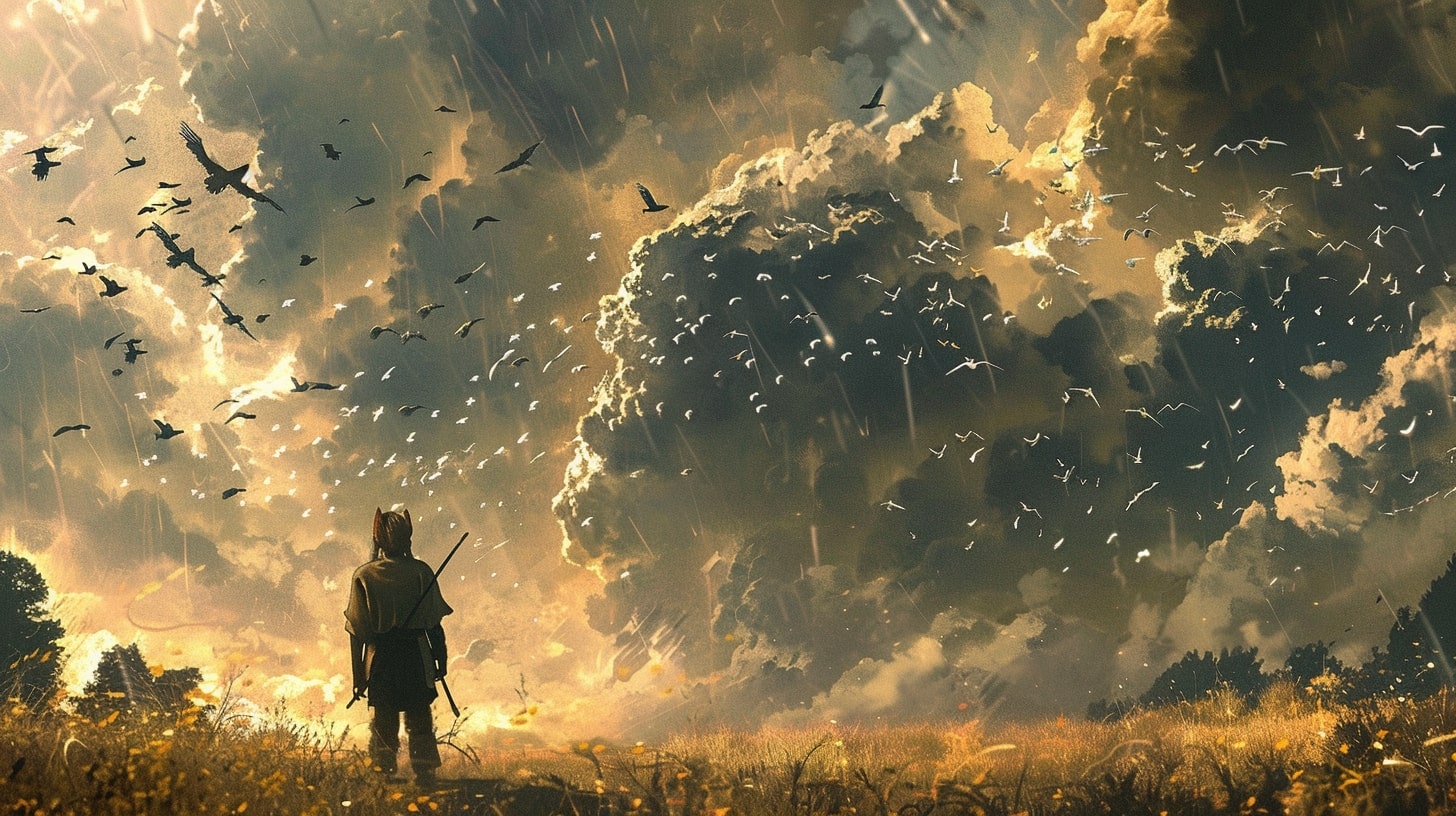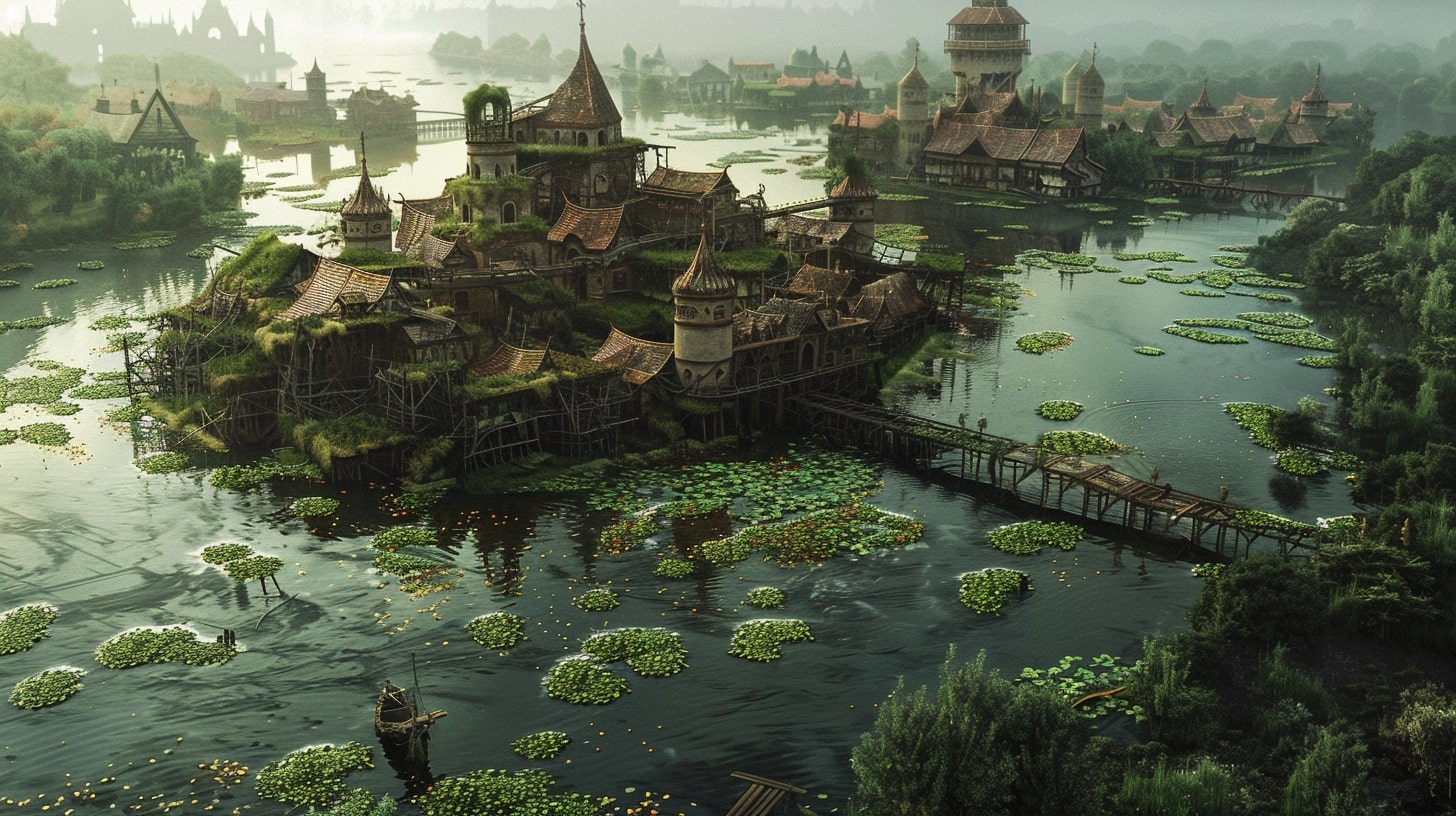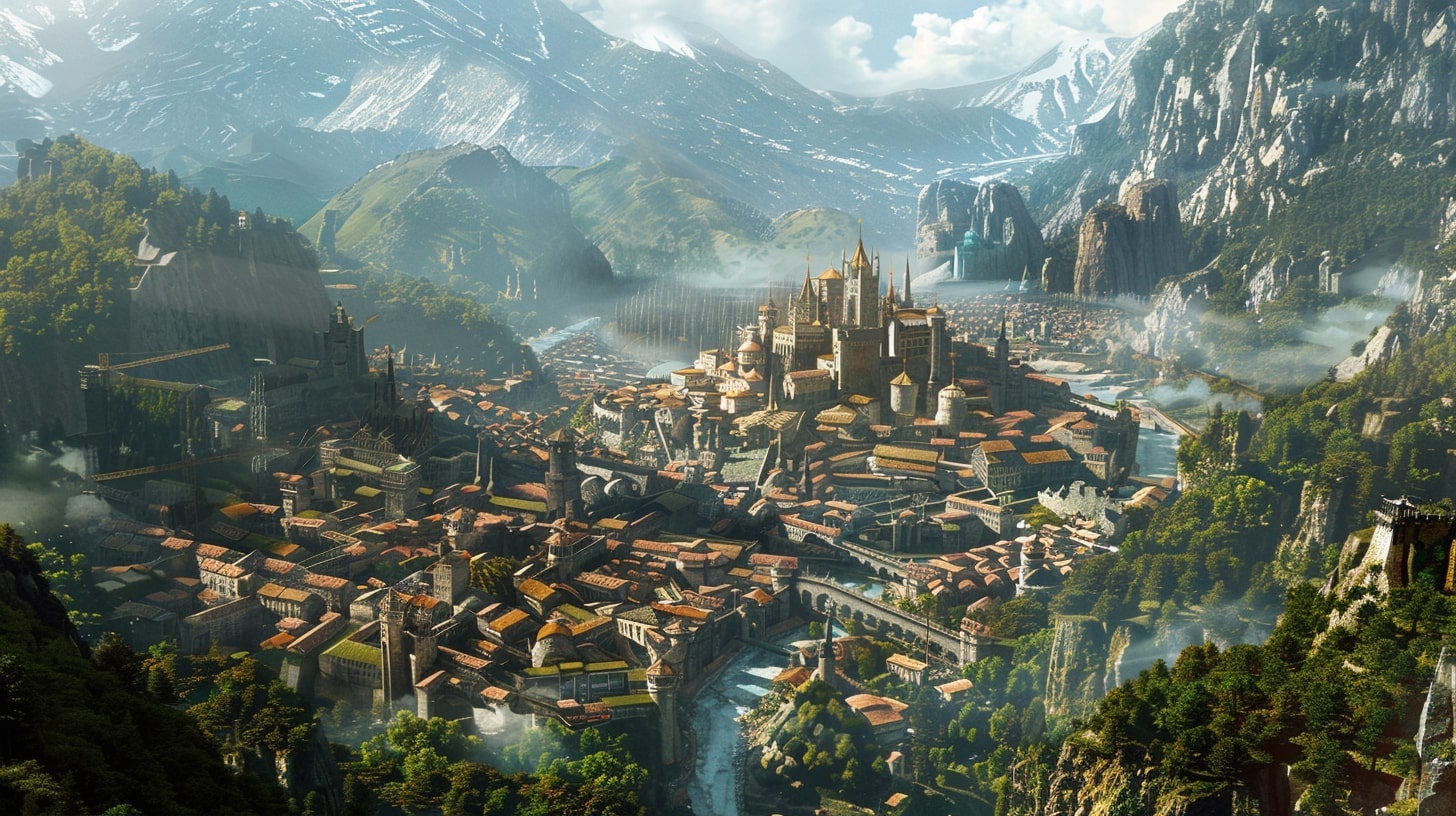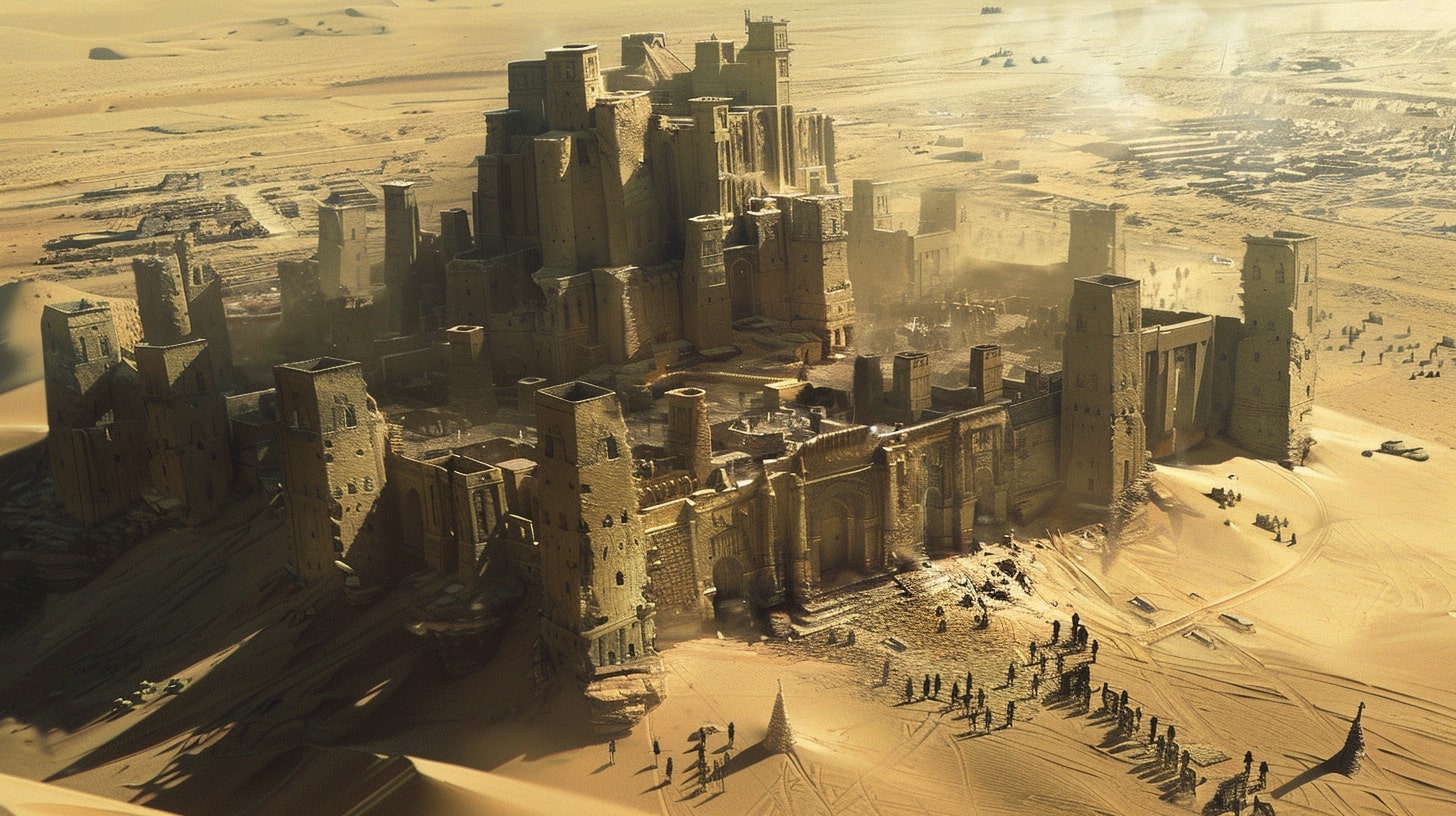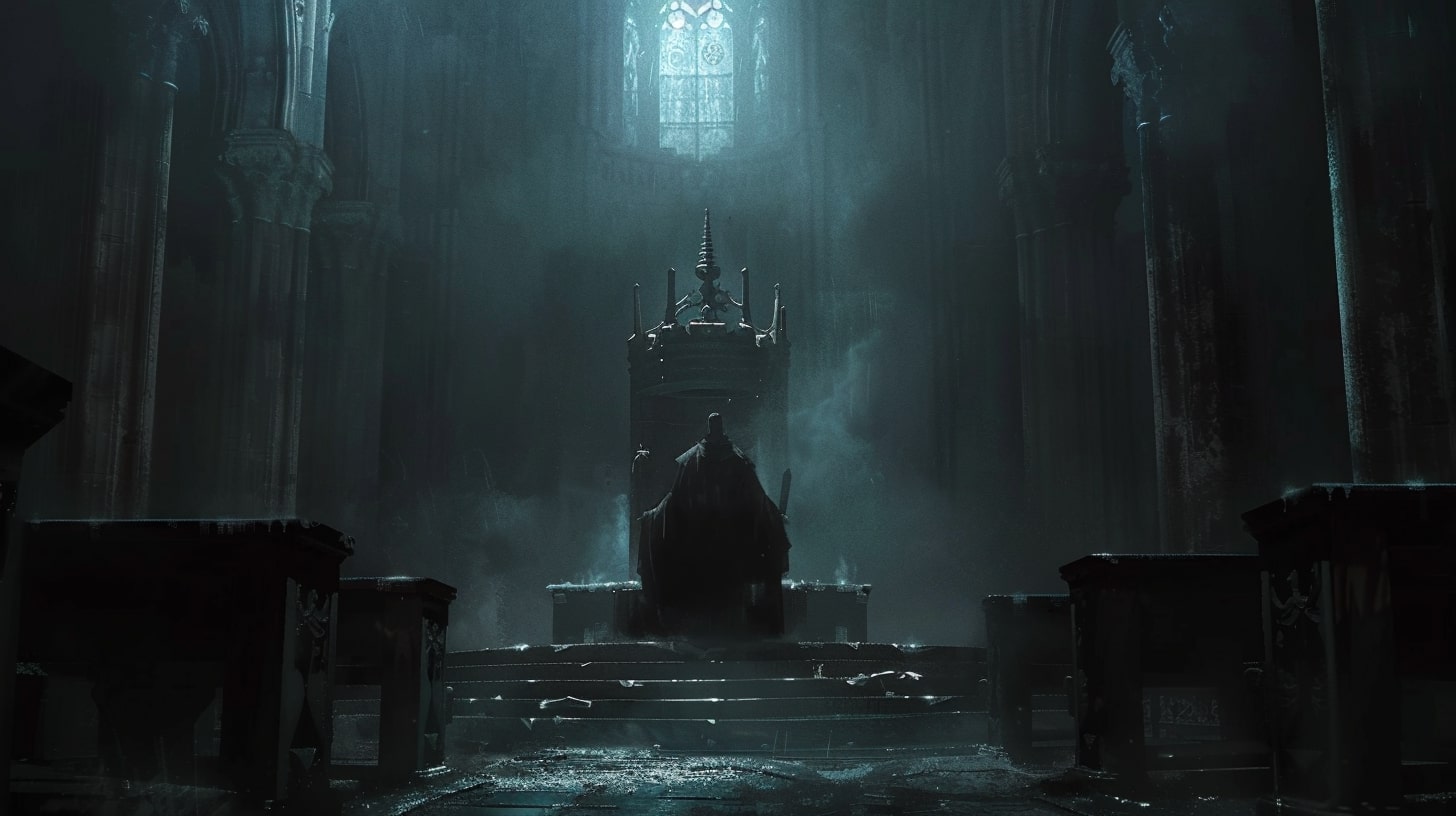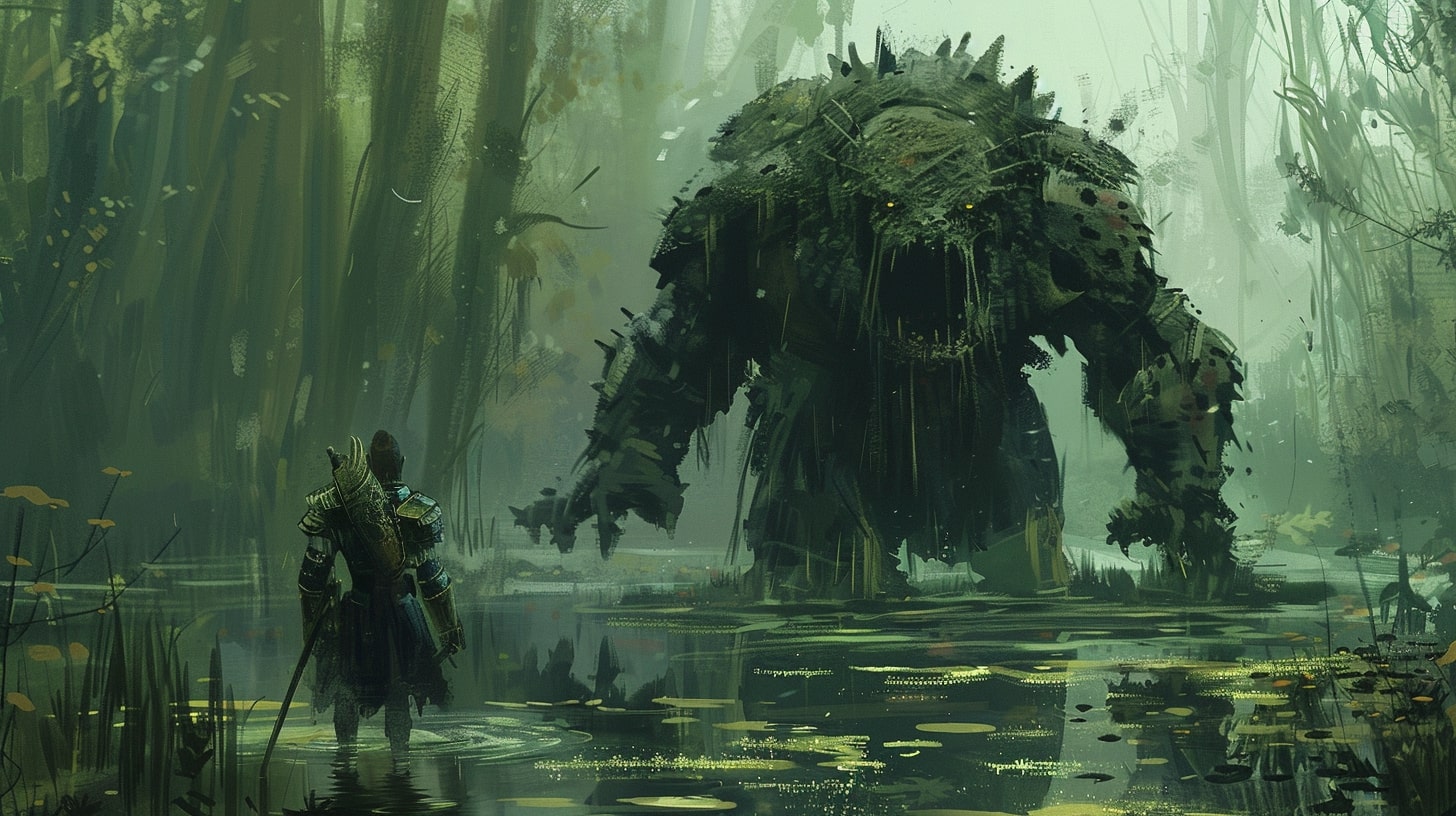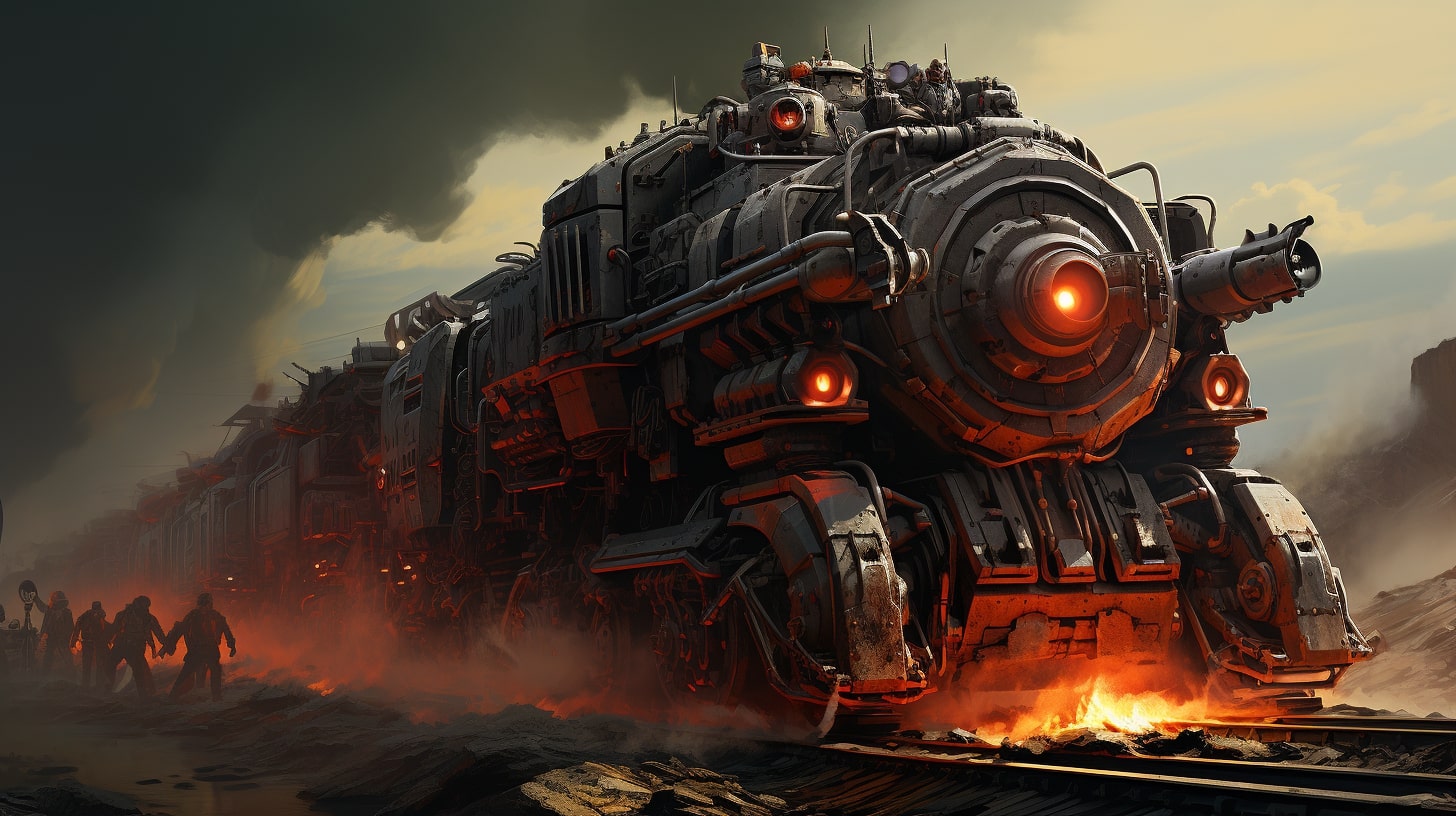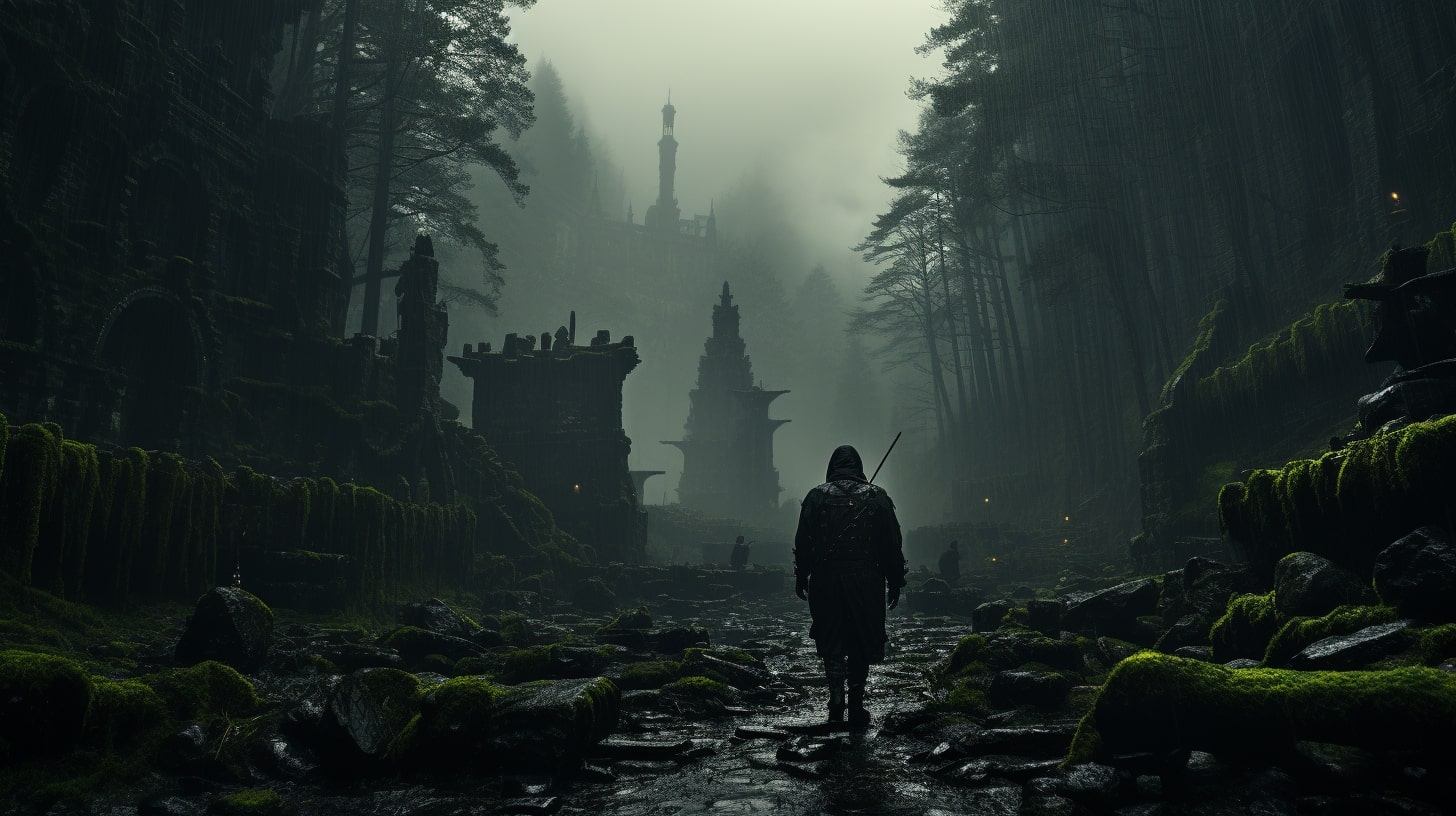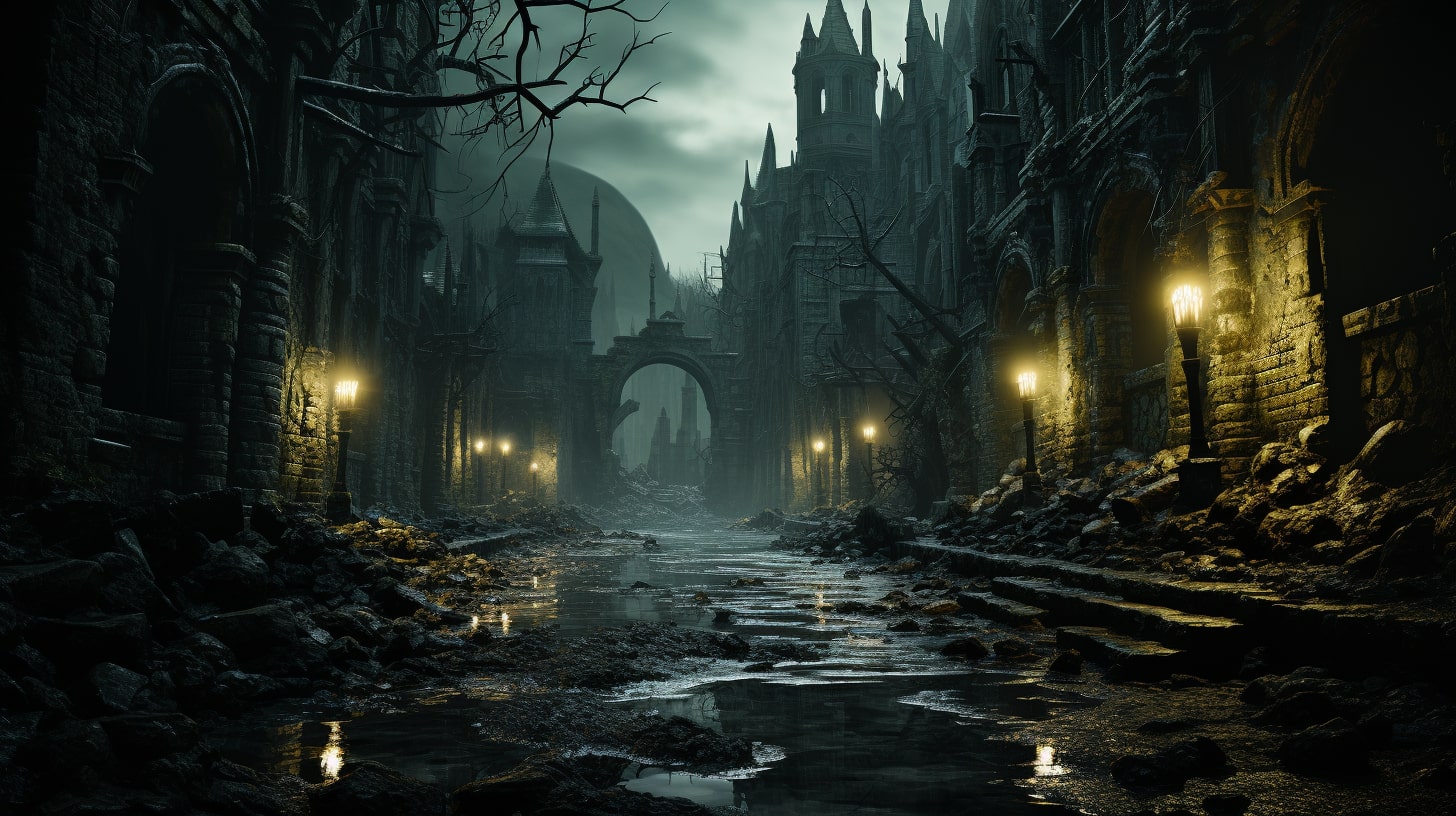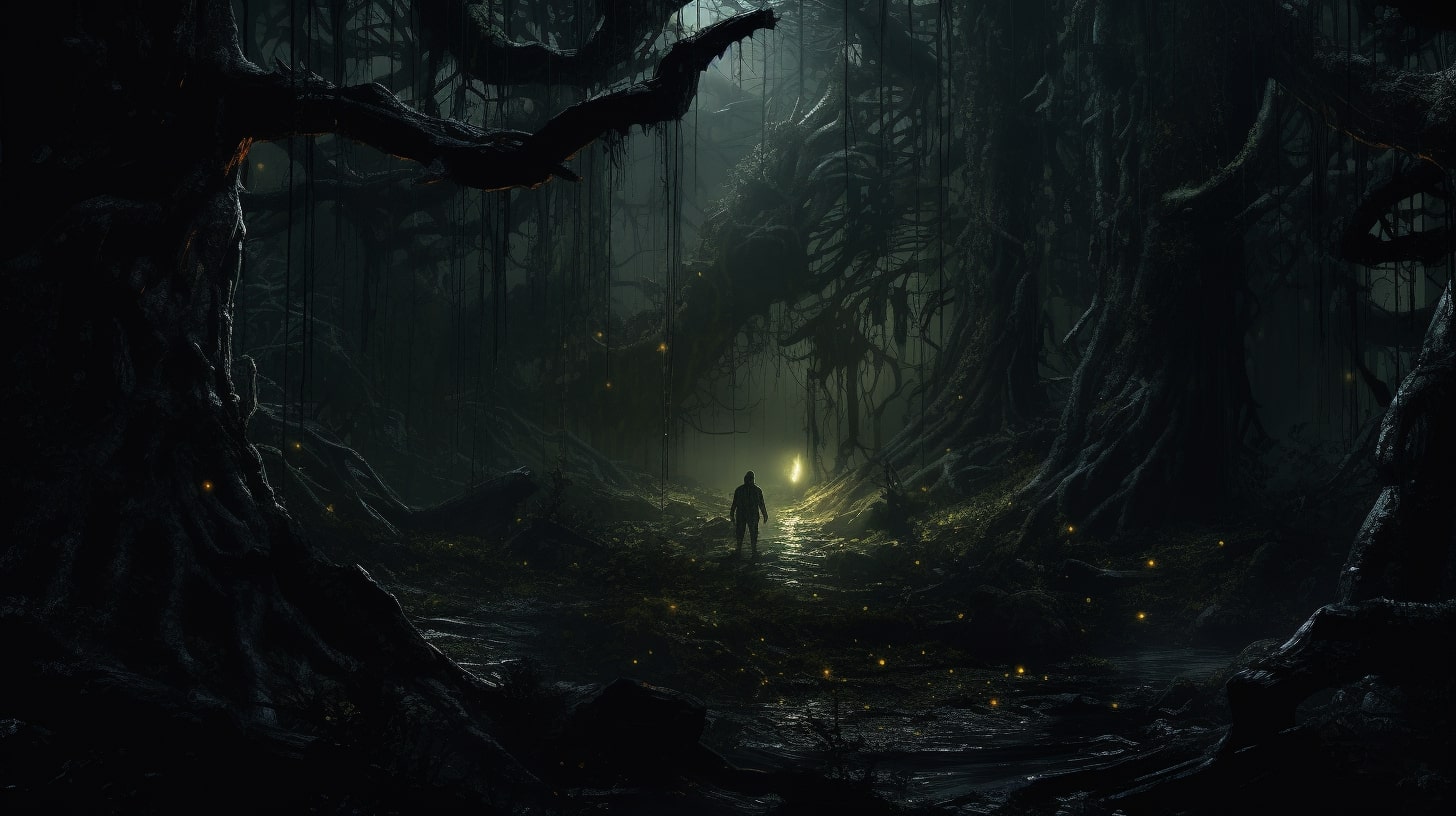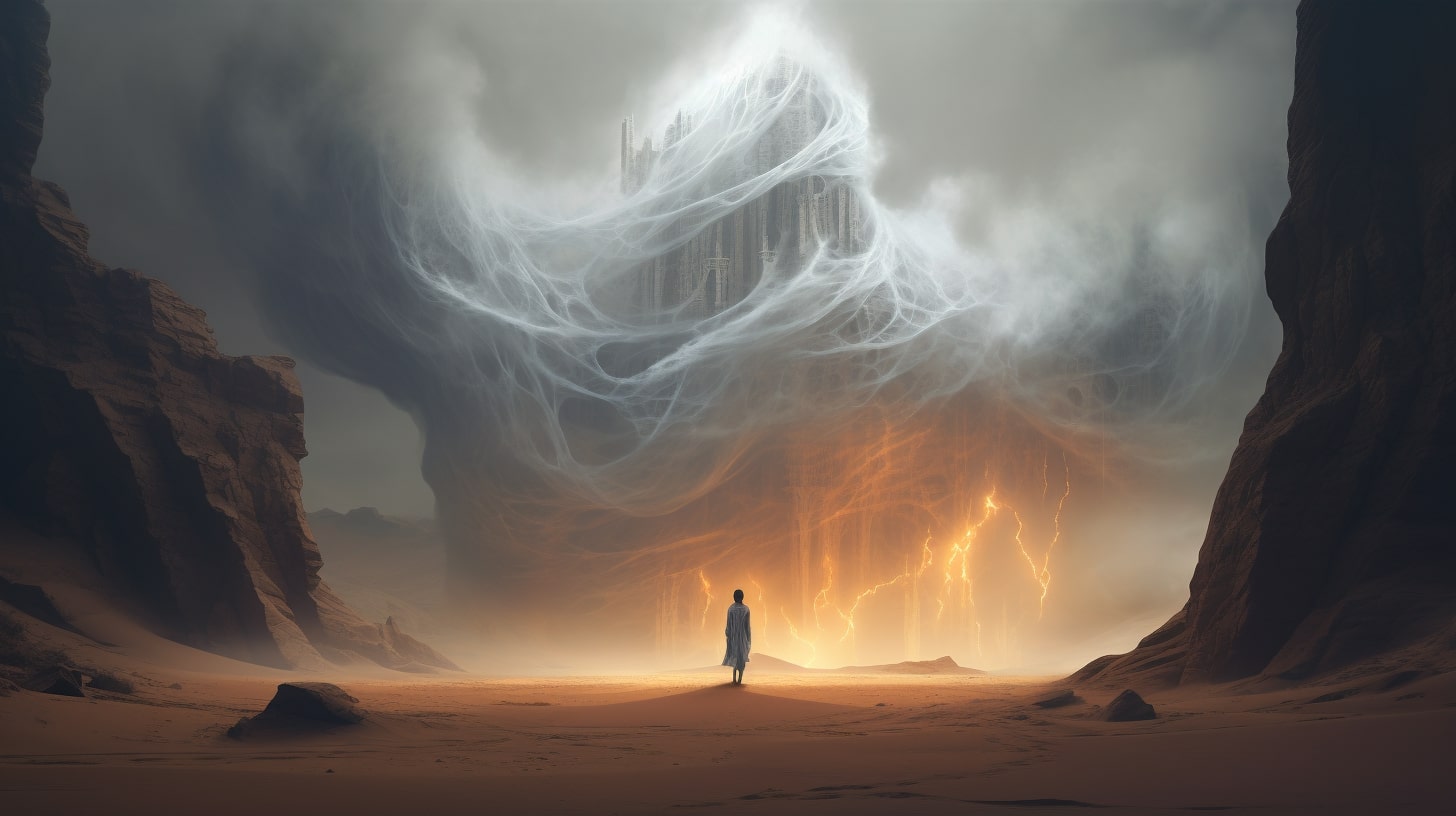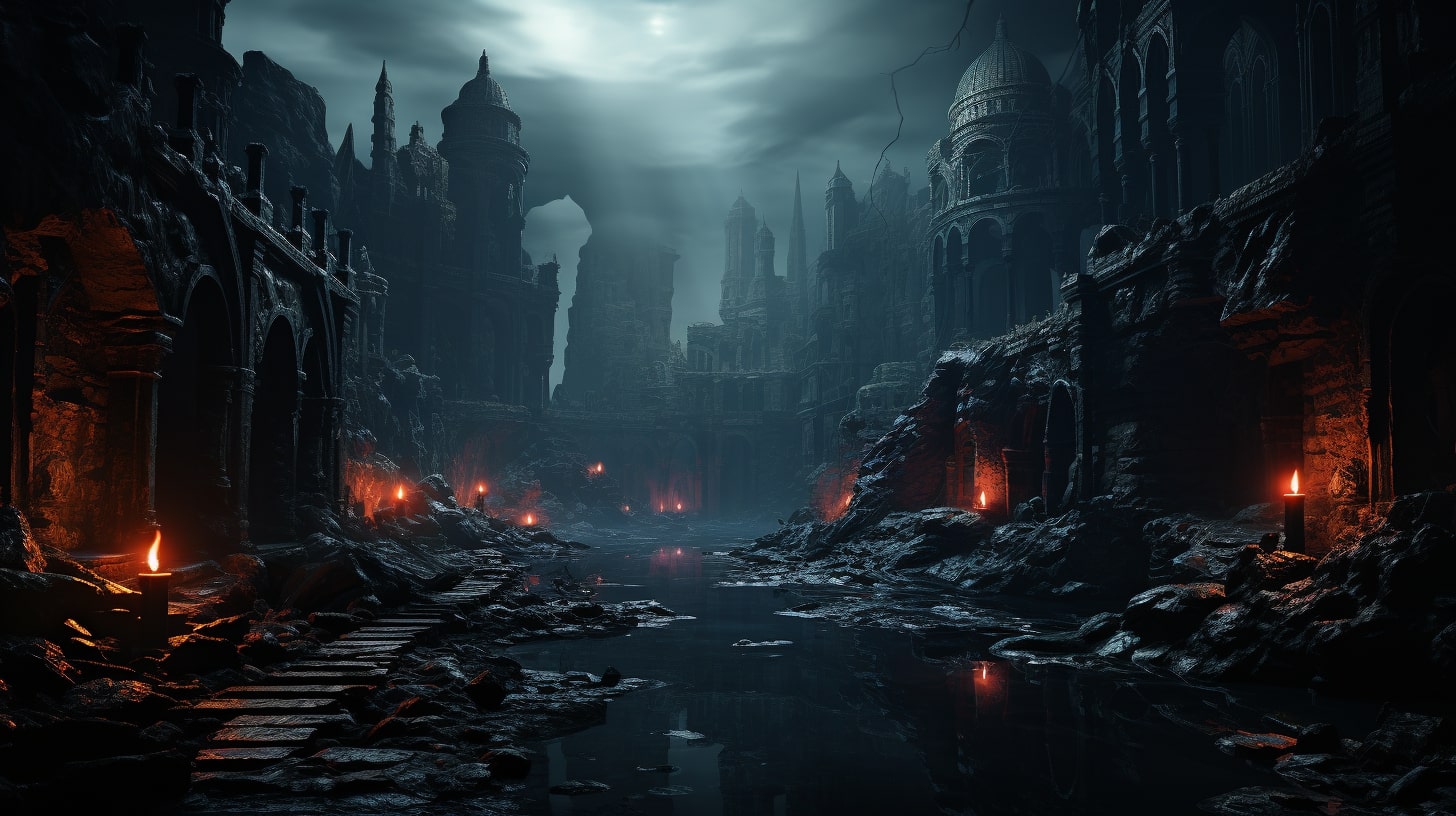Introduction to Worldbuilding
Welcome to the exciting world of worldbuilding! Whether you're an aspiring fantasy author or simply have a vivid imagination, worldbuilding is the art of creating and developing fictional worlds.
In this comprehensive worldbuilding guide, we will walk you through the step-by-step process of mastering the art of worldbuilding.
What is Worldbuilding?
At its core, worldbuilding is the process of constructing an imaginary world, complete with its own unique rules, cultures, societies, and histories. It involves meticulously crafting every aspect of the world, from the physical environment to the characters that inhabit it. By immersing readers in a well-constructed and believable world, writers can enhance the depth and richness of their stories.
Worldbuilding is not limited to the realm of fantasy and science fiction. It can also be applied to other genres, such as historical fiction or dystopian novels. Regardless of the genre, worldbuilding allows authors to transport readers to new and captivating worlds, sparking their imagination and inviting them to explore new possibilities.
Why is Worldbuilding Important in Fiction?
Worldbuilding plays a crucial role in fiction for several reasons. Firstly, a well-developed world serves as the backdrop for the story, setting the stage and creating a sense of place. It adds depth and authenticity to the narrative, making the story more immersive and engaging for readers.
Additionally, worldbuilding allows authors to establish the rules and limitations of their fictional worlds. These rules help shape the plot and guide the actions of characters, creating internal consistency within the story. By carefully crafting these elements, authors can enhance the believability and credibility of their narratives.
Furthermore, worldbuilding offers authors the opportunity to explore complex themes and tackle real-world issues within the context of their fictional worlds. By creating unique societies and cultures, authors can address social, political, and cultural topics in a thought-provoking and imaginative manner.
In the following sections, we will delve deeper into the step-by-step process of worldbuilding, providing you with the tools and insights necessary to create your own captivating fictional worlds.
A lot of what you'll read is what I've learned building out worlds like Andrascu.
So let's embark on this creative journey together and unlock the limitless possibilities of worldbuilding!
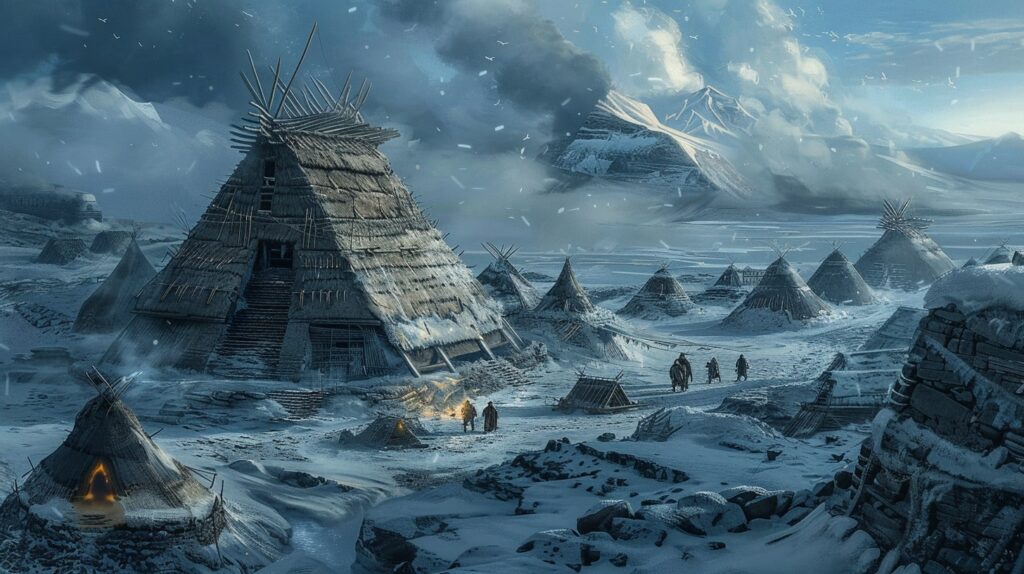
Step 1: Defining the Genre and Scope
In the exciting journey of worldbuilding, the first step is to define the genre and scope of your world. This lays the foundation for creating a unique and captivating fictional universe. Let's explore two important aspects of this step: choosing a genre for your world and determining the scope of your world.
Choosing a Genre for Your World
When choosing a genre for your world, consider the type of story you want to tell and the atmosphere you want to create. Genres such as fantasy, science fiction, dystopian, or historical fiction offer distinct possibilities for worldbuilding. Each genre has its own conventions, themes, and elements that can shape your world.
For example, if you're drawn to magic, mythical creatures, and epic quests, the fantasy genre might be a perfect fit. On the other hand, if you're fascinated by advanced technology, space exploration, and futuristic societies, science fiction might be the genre to explore. The choice of genre will influence the rules, settings, and overall feel of your world.
To find more inspiration and ideas for your worldbuilding journey, check out our articles on worldbuilding ideas and worldbuilding prompts.
Determining the Scope of Your World
Once you have chosen a genre, it's important to determine the scope of your world. The scope refers to the scale and size of your world, as well as the level of detail you want to incorporate. This will depend on various factors, including the story you want to tell and the depth of immersion you desire for your readers.
Consider the following questions to help you determine the scope of your world:
- Geographical Size: Will your world be a single city, a continent, or an entire planet? Will there be multiple realms or dimensions?
- Timeframe: Will your story take place in a specific era or span across different time periods?
- Cultural Diversity: How many different cultures, races, or species will inhabit your world?
- Historical Depth: Does your world have a rich history with significant events and timelines?
- Political Landscape: Will there be complex political systems, kingdoms, or factions in your world?
- Technological Advancement: How advanced or primitive is the technology in your world?
Determining the scope of your world helps you establish boundaries and focus your creative efforts. It also ensures consistency and coherence throughout your storytelling.
For more guidance on worldbuilding, including tips, resources, and techniques, visit our article on worldbuilding for writers.
By defining the genre and scope of your world, you set the stage for the exciting and immersive journey of worldbuilding. Let your imagination soar as you bring your unique vision to life and create a fictional world that will captivate readers.
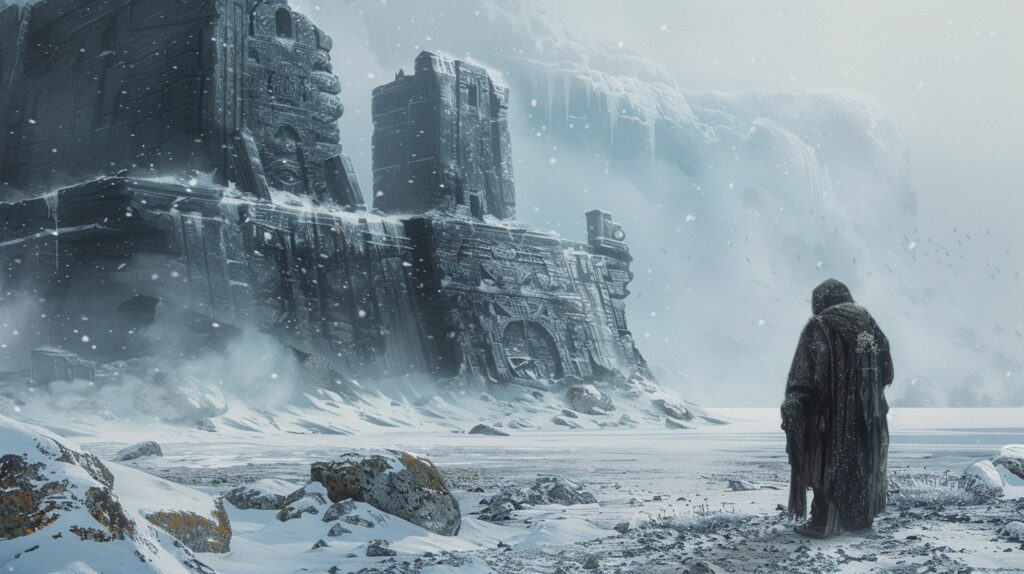
Step 2: Creating a Strong Foundation
To build a captivating and immersive world, you need to establish a strong foundation. This step involves developing the physical environment of your world and establishing the rules that govern it.
Developing the Physical Environment
Creating a rich and detailed physical environment is crucial for worldbuilding. Start by envisioning the landscapes, geography, and climate of your world. Consider the types of terrain, such as mountains, forests, deserts, or oceans, and how they interact with each other. Determine the climate patterns and how they influence the flora and fauna that inhabit your world.
To help you visualize and organize your world's physical environment, consider creating maps. Maps can be a valuable tool for keeping track of locations, distances, and important landmarks. Check out our article on worldbuilding maps for tips and resources on creating maps for your world.
Establishing the Rules of Your World
Every world has its own set of rules, whether they are based on physics, magic, or societal norms. These rules provide the framework for how your world operates and guide the behavior of its inhabitants. Consider the following aspects when establishing the rules of your world:
Physics and Natural Laws: Determine the laws of nature that govern your world. This includes principles of gravity, energy, and other physical forces that shape how things work.
Magic Systems: If your world incorporates magic, define the rules and limitations of your magic system. Consider the source of magic, how it is accessed, and the consequences of using it. For more insights, refer to our article on worldbuilding magic systems.
Societal Norms: Explore the social structures, customs, and traditions of the societies in your world. Consider factors such as governance, hierarchy, and cultural practices. Delve into the values and beliefs that shape the interactions between different groups within your world.
Establishing these rules will add depth and consistency to your world. It will also help you create engaging conflicts, as characters navigate the boundaries and limitations of the world in which they live.
By focusing on developing the physical environment and establishing the rules of your world, you are laying a strong foundation for your worldbuilding journey. These elements will serve as the backdrop for the stories and adventures that unfold within your world. As you move forward, continue to refine and expand your world, taking into account the feedback and insights you gain along the way. Happy worldbuilding!

Step 3: Crafting the Society and Culture
In the worldbuilding process, crafting believable societies and rich cultural practices is essential for creating a vibrant and immersive fictional world. This step allows you to delve into the intricacies of your world's societies and shape their customs, traditions, and values.
Building Believable Societies
When building societies for your fictional world, it's important to consider various factors that influence their development. Start by asking yourself questions such as:
- What is the structure of the society? Is it hierarchical or egalitarian?
- What are the social classes or groups within the society?
- How do individuals gain or lose social status?
- What is the role of government and how is it structured?
- What are the dominant cultural values, beliefs, and norms?
By answering these questions, you can establish the foundations of your societies and create a sense of realism within your world. Remember to consider the interactions between different societies, as they can contribute to conflicts, alliances, and power dynamics in your story.
Designing Cultural Practices and Norms
Cultural practices and norms add depth and richness to your fictional world. They shape the behaviors, rituals, and traditions of the inhabitants, giving your world a sense of authenticity. Consider the following aspects when designing cultural practices:
- Customs and ceremonies: Explore the unique rituals and ceremonies that are important to different cultures within your world. These can include coming-of-age ceremonies, marriage customs, or religious rituals.
- Language and communication: Develop distinct languages or dialects for different cultures and consider how language influences communication and social dynamics.
- Arts and entertainment: Think about the forms of artistic expression and entertainment in your world. This can include music, dance, storytelling, or visual arts.
- Cuisine and food customs: Create diverse culinary traditions that reflect the cultural identities of different societies within your world.
- Clothing and fashion: Explore the clothing styles, fashion trends, and traditional attire that different cultures within your world embrace.
By incorporating these cultural elements, you can bring your societies to life and make them feel authentic and engaging to readers. Remember to maintain consistency and coherence within each culture while also allowing for diversity and uniqueness.
As you continue to master the art of worldbuilding, exploring worldbuilding ideas and utilizing worldbuilding prompts can spark your creativity and help you further develop your societies and cultures. With each new layer you add, your world will become more immersive and captivating for your readers.
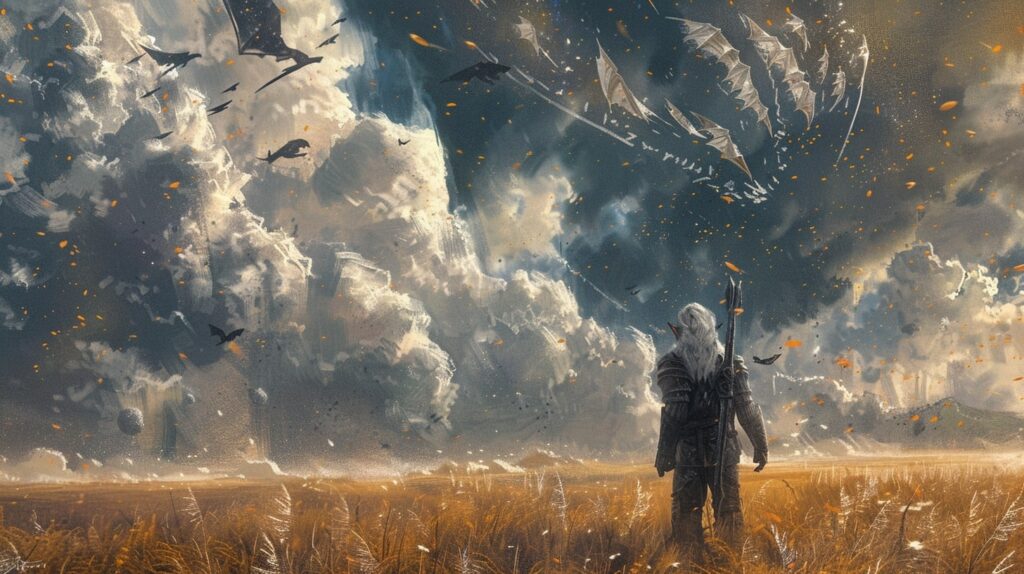
Step 4: Developing Characters and Conflict
In the process of worldbuilding, it is essential to create memorable characters and develop compelling conflicts and tension that drive your story forward.
Creating Memorable Characters
To make your characters memorable, it's important to give them depth and complexity. Consider their backstories, motivations, strengths, weaknesses, and unique traits. Think about how their personalities and experiences shape their actions and decisions within the world you're building.
When crafting characters, ensure that they feel authentic and relatable to your readers. Give them relatable goals, fears, and desires. Develop their relationships with other characters in your world, allowing for dynamic interactions and conflicts.
By creating well-rounded characters, you can immerse your readers in the world you've built and make them emotionally invested in the story. For more ideas on character development, check out our article on worldbuilding characters.
Generating Conflict and Tension
Conflict and tension are essential elements in storytelling, as they propel the narrative forward and keep readers engaged. By introducing conflicts within your world, you create obstacles for your characters to overcome, driving the plot and revealing more about the world you've built.
Consider the various types of conflicts you can incorporate, such as internal conflicts (emotional or moral dilemmas within a character), interpersonal conflicts (conflicts between characters), and external conflicts (conflicts with the environment, society, or other forces). These conflicts can arise from differences in beliefs, goals, or even power struggles.
Tension can be built through suspense, unexpected twists, and unresolved issues. It keeps readers on the edge of their seats, eager to know what happens next. By weaving conflicts and tension into your world, you create a captivating story that keeps readers hooked.
Remember, conflicts and tension should be intertwined with the world you've built. They should arise naturally from the dynamics of the society, culture, and characters within your world. For more inspiration on developing conflicts, check out our article on worldbuilding politics.
By focusing on creating memorable characters and generating conflicts and tension, you can bring your world to life and captivate your readers. These elements work in tandem with the other aspects of worldbuilding to create a rich and immersive story.
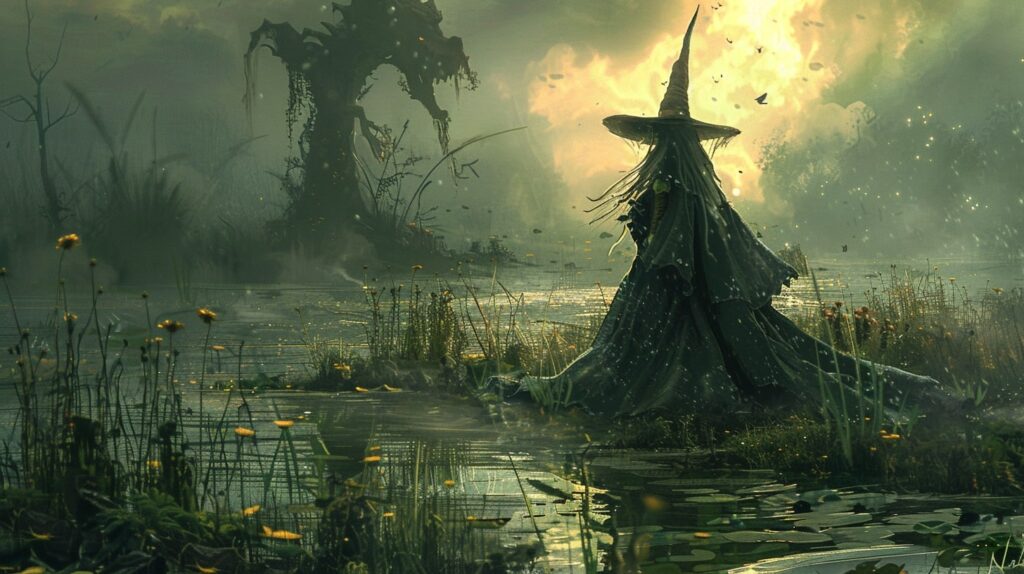
Step 5: Weaving in Magic and Fantasy Elements
As you embark on the journey of worldbuilding for your fantasy novel, weaving in magic and fantasy elements is a crucial step to create a captivating and immersive world. In this step, you will focus on integrating magic systems and incorporating fantasy elements that will enhance the depth and wonder of your world.
Integrating Magic Systems
Magic systems form an integral part of many fantasy worlds. They define the rules and limitations of the supernatural forces at play. When integrating a magic system into your world, consider the following:
Source of Magic: Determine the source of magical power in your world. It could be derived from elements, deities, ancient artifacts, or innate abilities.
Types of Magic: Define the different types of magic present in your world. This could include elemental magic, necromancy, illusion, or telekinesis, among others.
Rules and Limitations: Establish clear rules and limitations for your magic system. This helps maintain consistency and prevents overpowered characters. Consider factors such as energy consumption, casting rituals, or the impact of magic on the physical world.
Magic Users: Explore the different individuals or groups who can wield magic. Are they born with the ability, or can it be learned? Are there restrictions on who can access certain types of magic?
Remember to keep your magic system internally consistent and ensure it aligns with the overall tone and themes of your story. For more inspiration and ideas, check out our article on worldbuilding magic systems.
Incorporating Fantasy Elements
Fantasy elements add a sense of wonder and otherworldliness to your world. They can range from mythical creatures and fantastical landscapes to legendary artifacts and ancient prophecies. When incorporating fantasy elements, consider the following:
Mythical Creatures: Introduce unique and fantastical creatures that inhabit your world. Dragons, elves, dwarves, or mythical beasts can bring depth and intrigue to your story.
Legendary Artifacts: Create powerful and enigmatic artifacts that hold significance within your world. These objects can drive the plot, influence characters, or possess magical properties.
Fantasy Landscapes: Design landscapes that evoke a sense of awe and wonder. Floating islands, enchanted forests, or sprawling underwater kingdoms can transport readers to a different realm.
Ancient Prophecies and Legends: Weave ancient prophecies, legends, and myths into the fabric of your world. These can add layers of mystery and foreshadow events that shape your story.
By incorporating magic systems and fantasy elements into your world, you can create a rich and captivating setting that will captivate readers. Remember to strike a balance between the extraordinary and the familiar, ensuring your world feels believable and engaging. For more tips and techniques on worldbuilding, explore our article on worldbuilding techniques.
In the next step, we will dive into the art of writing consistent and engaging descriptions, helping you bring your world to life through vivid imagery and evocative language.
Step 6: Writing Consistent and Engaging Descriptions
As you delve into the intricate details of your world, it's essential to write descriptions that captivate your readers and transport them into the realm you've created. This step focuses on painting vivid pictures with words and balancing detail and imagination to create an immersive reading experience.
Painting Vivid Pictures with Words
To bring your world to life, your descriptions should be rich in sensory details. Engage your readers' senses by describing the sights, sounds, smells, tastes, and textures of your world. Use descriptive language to evoke emotions and create a strong visual imagery. By doing so, you'll enable your readers to vividly imagine the settings, characters, and events within your world.
Consider the following techniques to enhance your descriptions:
Show, don't tell: Instead of simply stating that a forest is beautiful, describe the interplay of sunlight filtering through the dense canopy, casting dappled shadows on the forest floor. Allow readers to experience the beauty for themselves through your words.
Use figurative language: Metaphors, similes, and other forms of figurative language can add depth and complexity to your descriptions. Compare the color of the sky to a painter's canvas or the sound of crashing waves to a thunderous applause.
Focus on the details that matter: Select the key details that contribute to the overall atmosphere or serve a narrative purpose. Highlighting the intricate carvings on a magical artifact or the delicate pattern of a character's clothing can add depth to your world.
Remember to strike a balance between providing enough detail to create a clear mental image and leaving room for readers' imagination to fill in the gaps.
Balancing Detail and Imagination
While it's important to provide descriptive details, it's equally crucial to strike a balance between providing information and allowing readers to engage their own imagination. Too much detail can overwhelm readers and detract from the flow of the story, while too little detail can leave them feeling disconnected from the world you've created.
Consider the following tips to strike the right balance:
Focus on what's relevant: Describe the elements that are essential to the story or contribute to the understanding of your world. If a particular architectural style is important to the plot, describe it in detail. If not, provide a general sense of the architecture and let readers fill in the specifics.
Use descriptive language strategically: Choose powerful adjectives and adverbs to convey the essence of your world. Instead of describing every minute detail of a character's appearance, focus on the features that define them and help readers connect with them emotionally.
Engage readers' imagination: Leave some aspects of your world open to interpretation, allowing readers to use their imagination to fill in the gaps. This can create a sense of wonder and discovery as they explore your world alongside your characters.
By finding the right balance between detail and imagination, you'll create a world that feels both real and captivating to your readers.
As you progress through the steps of worldbuilding, remember that writing consistent and engaging descriptions is key to immersing your readers in the world you've created. By painting vivid pictures with words and striking the right balance between detail and imagination, you'll bring your world to life in the hearts and minds of your audience.
Step 7: Continuously Refining and Expanding Your World
Congratulations! You have successfully built a captivating world for your story. However, worldbuilding is not a one-time task. It requires continuous refinement and expansion to bring depth and richness to your fictional realm. In this final step, we will explore two essential aspects of this ongoing process: revisiting and revising your world and expanding your worldbuilding beyond the story.
Revisiting and Revising Your World
As you progress with your story, it's important to periodically revisit and revise your world. This allows you to ensure consistency, address any plot holes, and refine the details. Take the time to review your worldbuilding choices and make adjustments where necessary. This could involve refining the geography, altering cultural practices, or even reevaluating the magic system. By maintaining a cohesive and well-developed world, you enhance the believability and immersion of your story.
Consider creating a worldbuilding bible or document where you can keep track of all the details of your world. This can include information about the geography, history, cultures, and characters. Having a centralized resource will help you stay organized and make it easier to refer back to important details as you continue writing.
Worldbuilding Guide: Expanding Your Worldbuilding Beyond the Story
While your story may focus on specific characters and events, there is an opportunity to expand your worldbuilding beyond the confines of your narrative. This can add depth and realism to your world, making it feel more expansive and lived-in.
Consider creating companion materials such as maps, timelines, or encyclopedic entries that provide additional information about your world. These resources can be shared with your readers or used as references for your own writing. Additionally, you can explore side stories or prequels that delve into different aspects of your world. These standalone narratives can provide readers with a broader understanding of the world you've created and offer new perspectives on its history, cultures, and characters.
Remember, worldbuilding is a creative and iterative process. Embrace the opportunity to continuously refine and expand your world, drawing inspiration from worldbuilding resources and worldbuilding techniques. Your commitment to crafting a vibrant and immersive world will captivate readers and bring your story to life. Happy worldbuilding!


